Day 54 - Cape Nagasakibana Ibusuki, The Ryugu Legend And Many Different Views Of Mount Kaimon, The Kyushu 108 Temple Pilgrimage, Japan
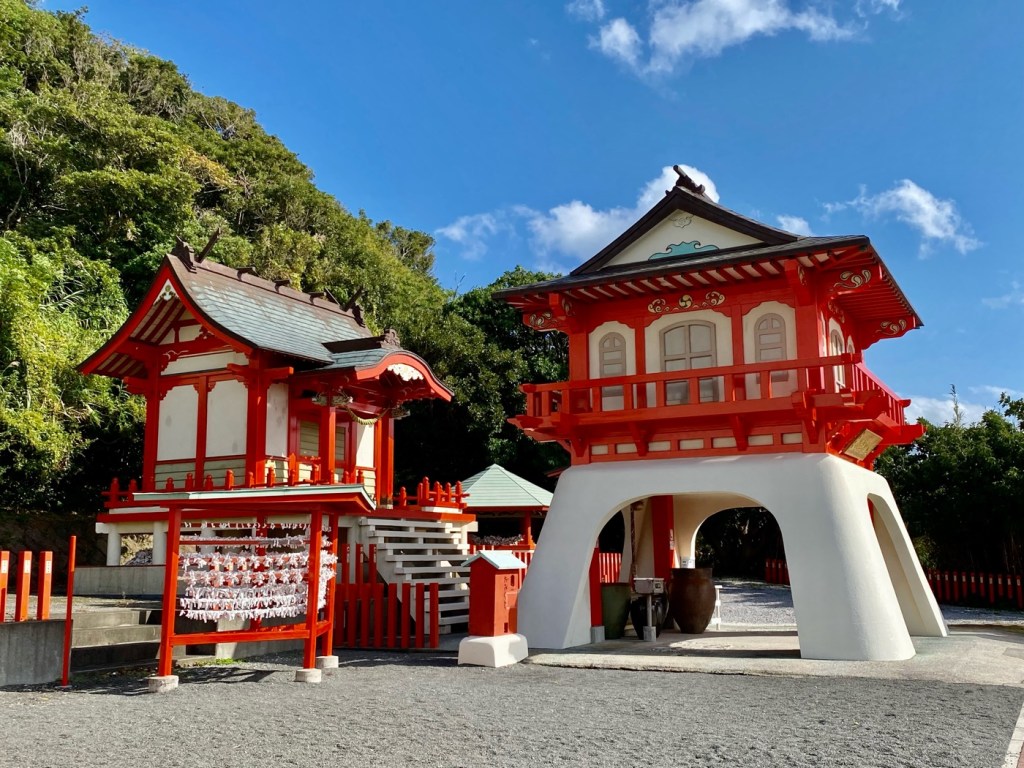
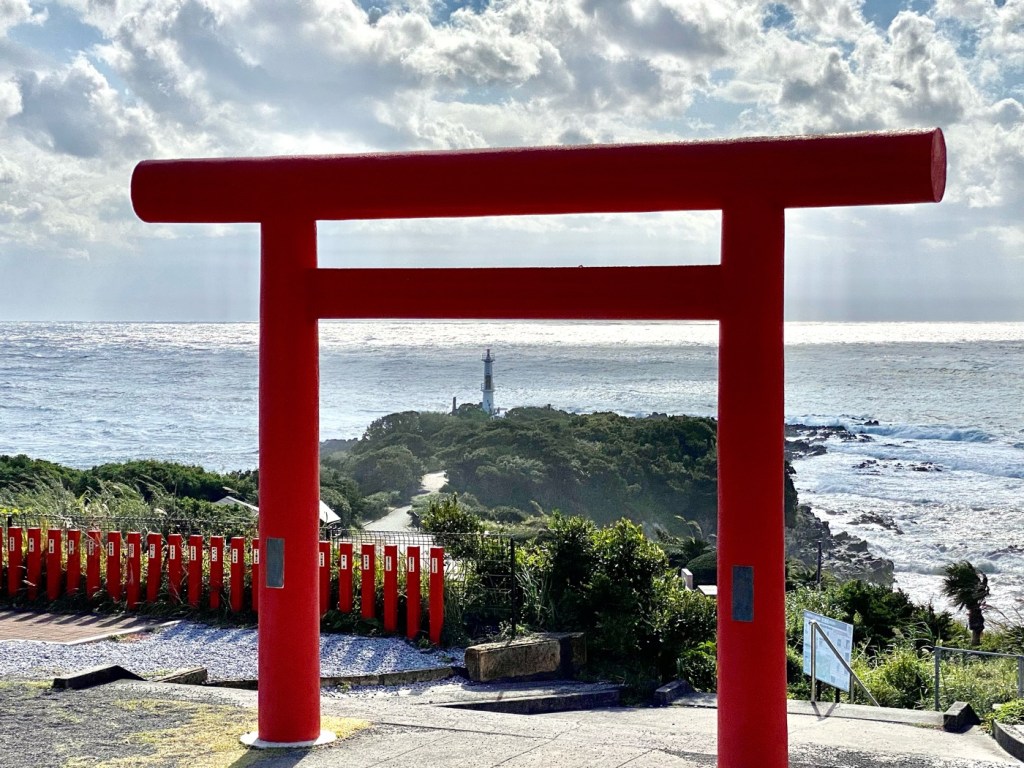

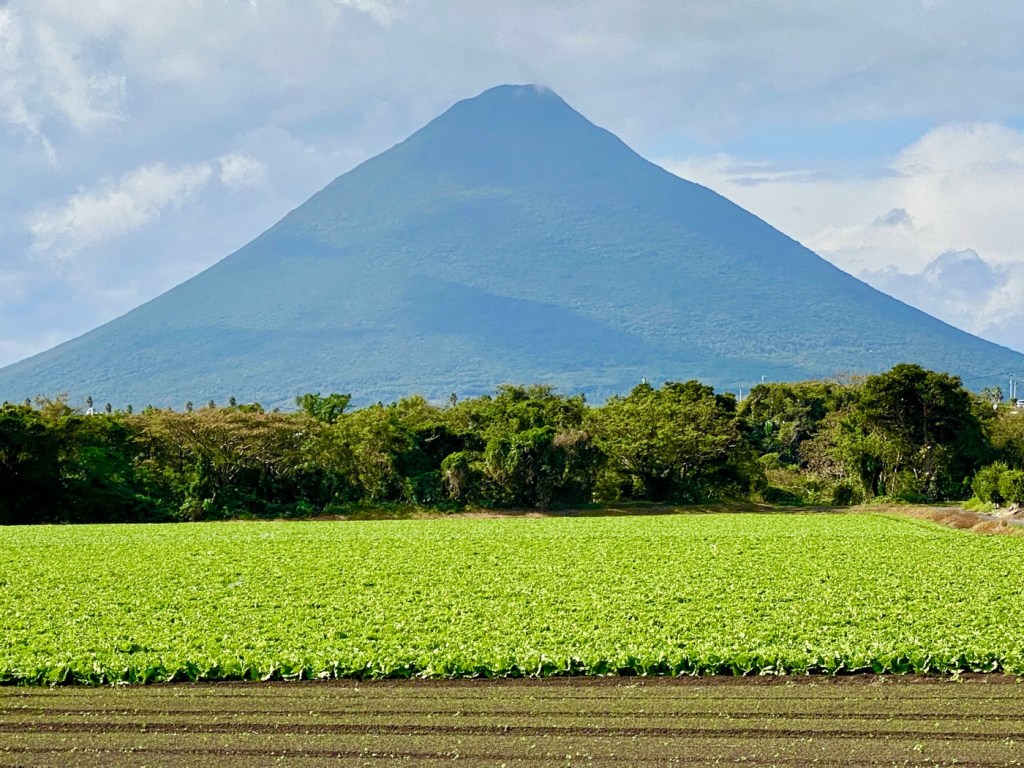
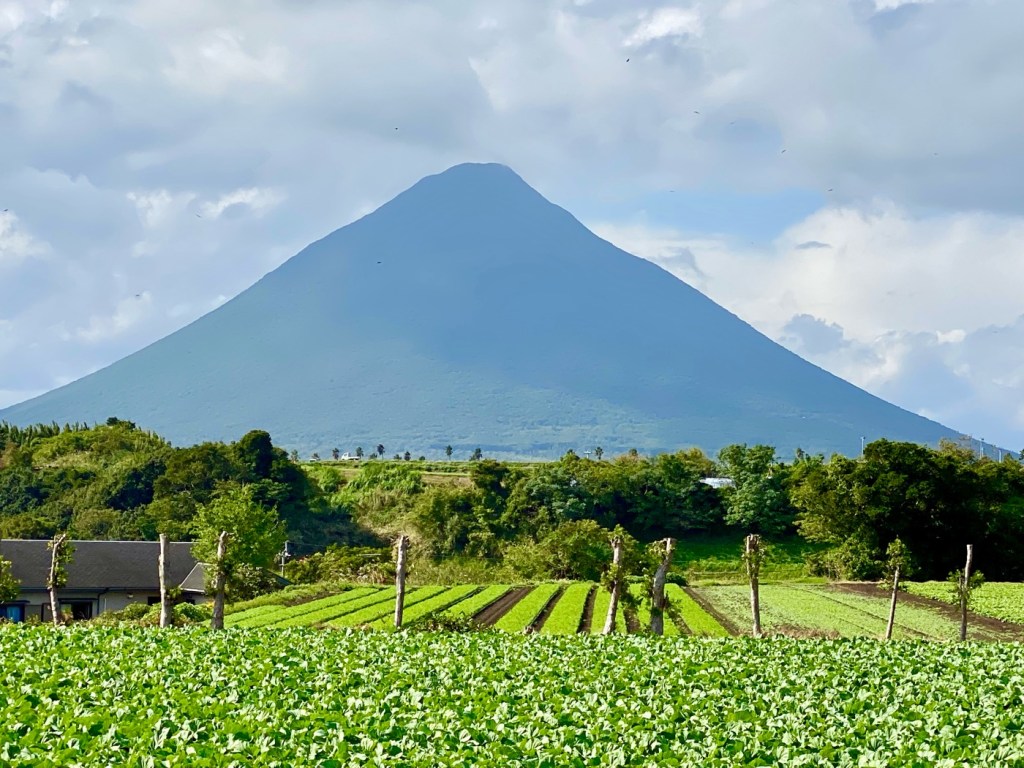
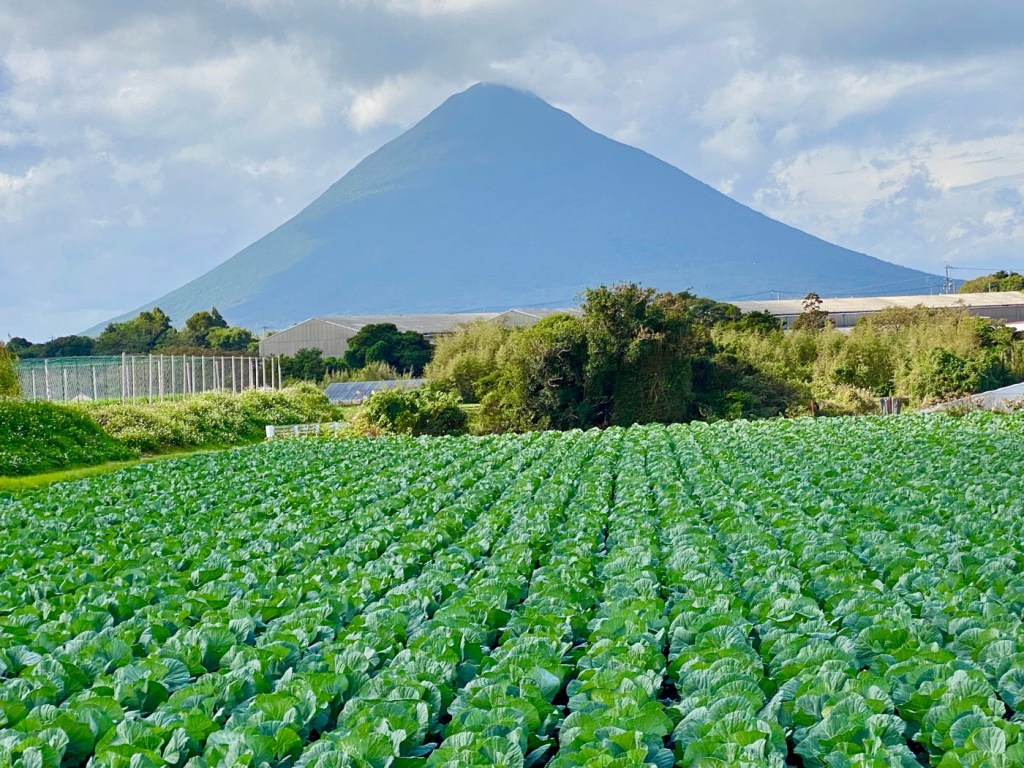

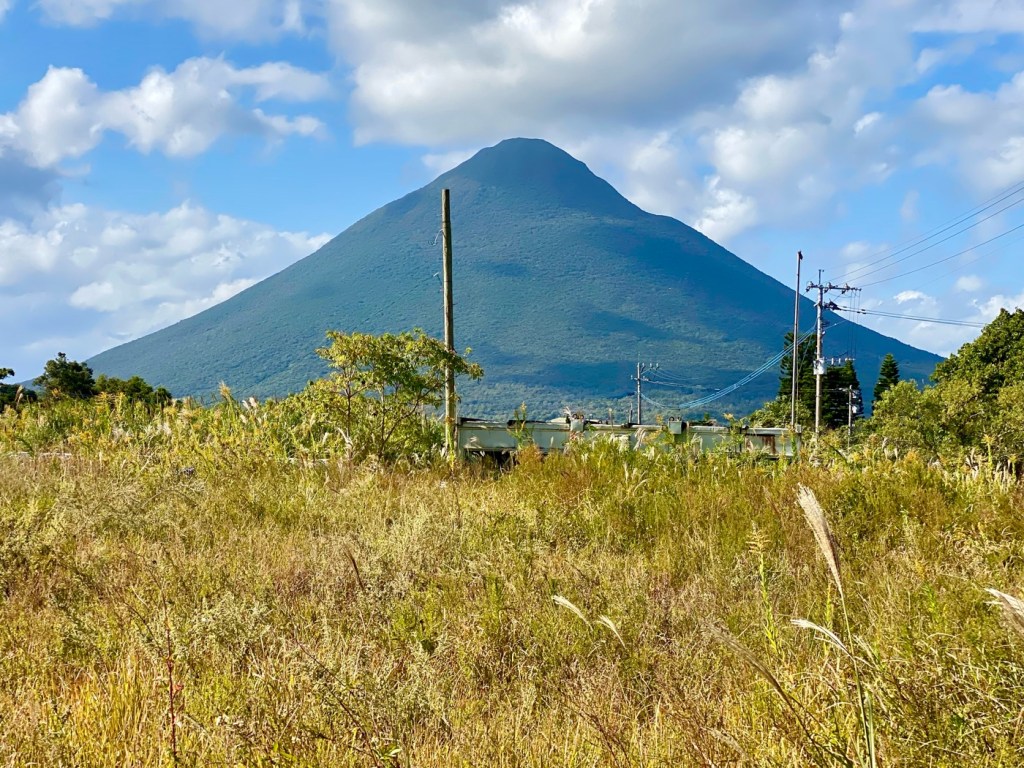

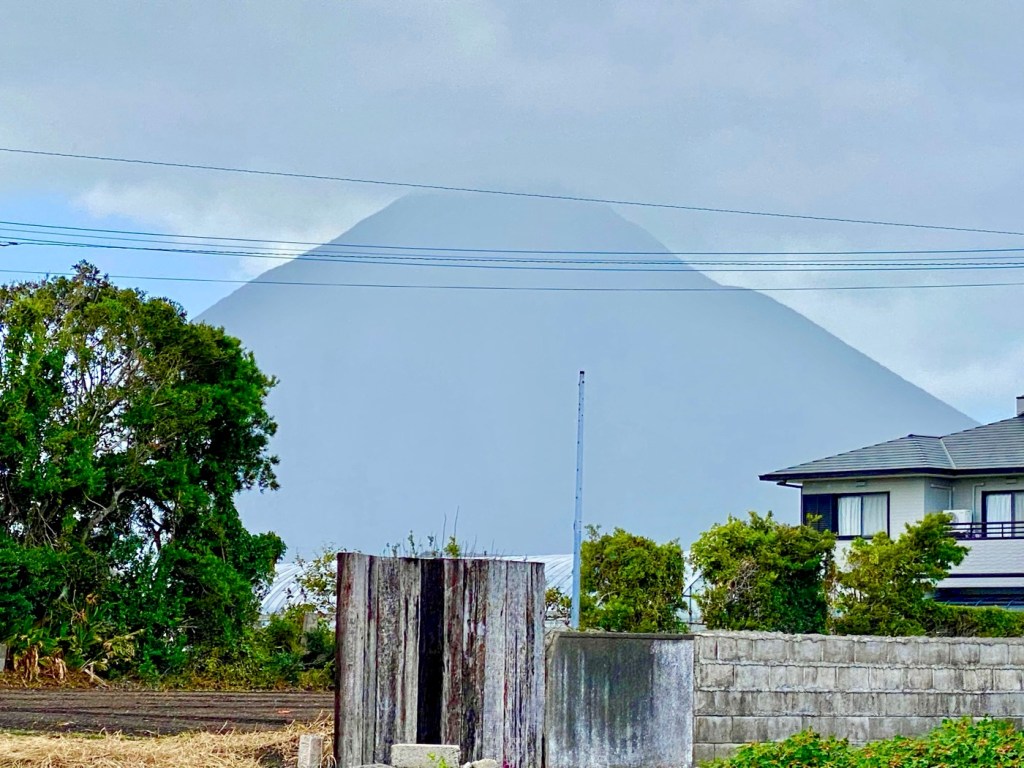
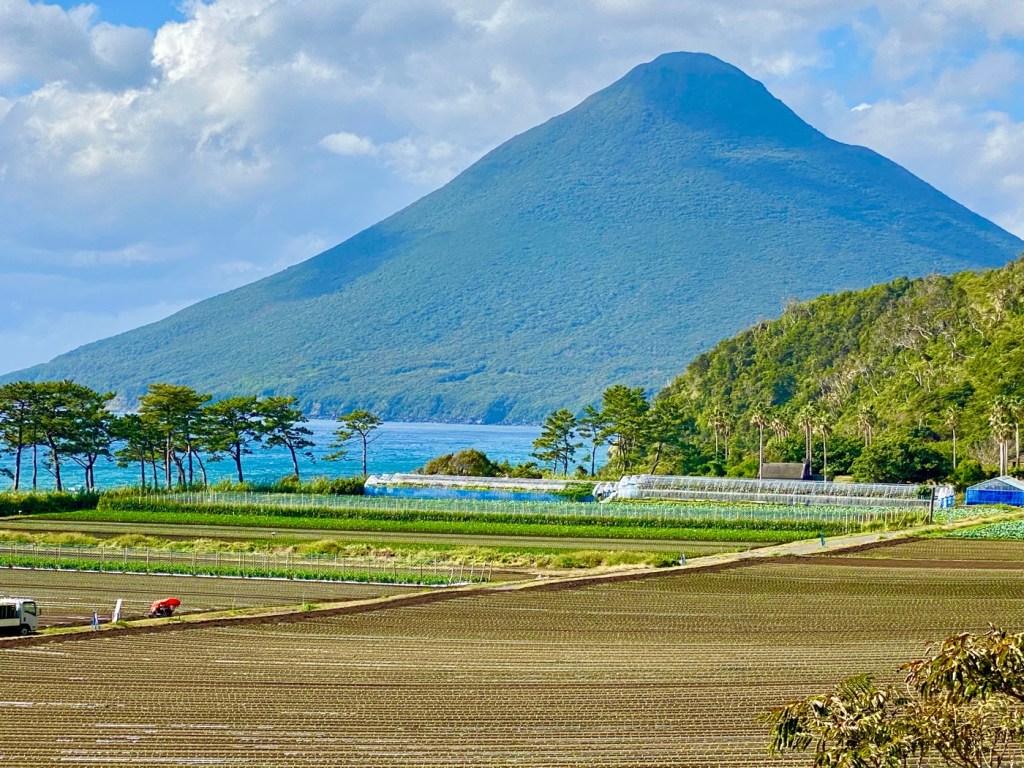
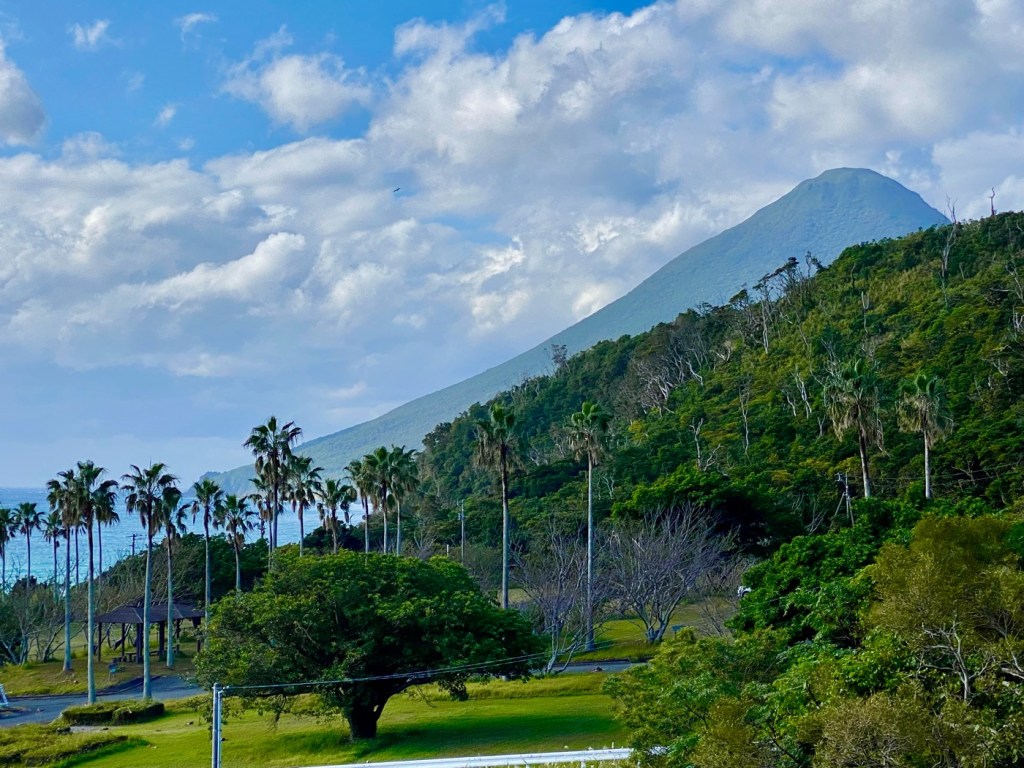
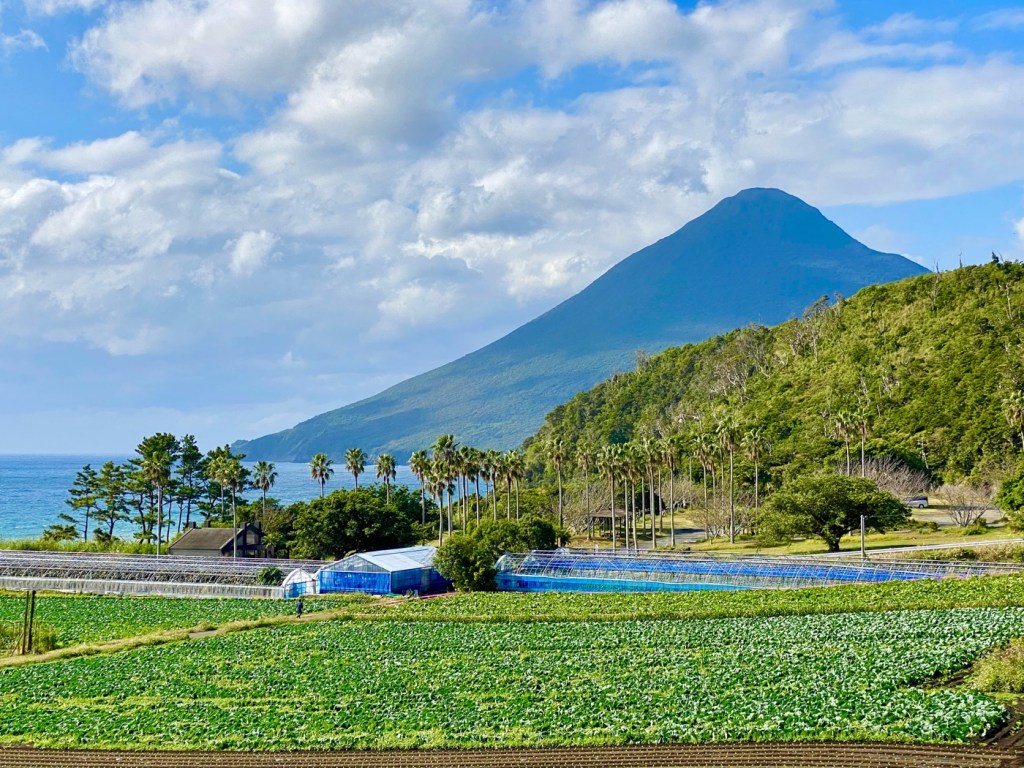
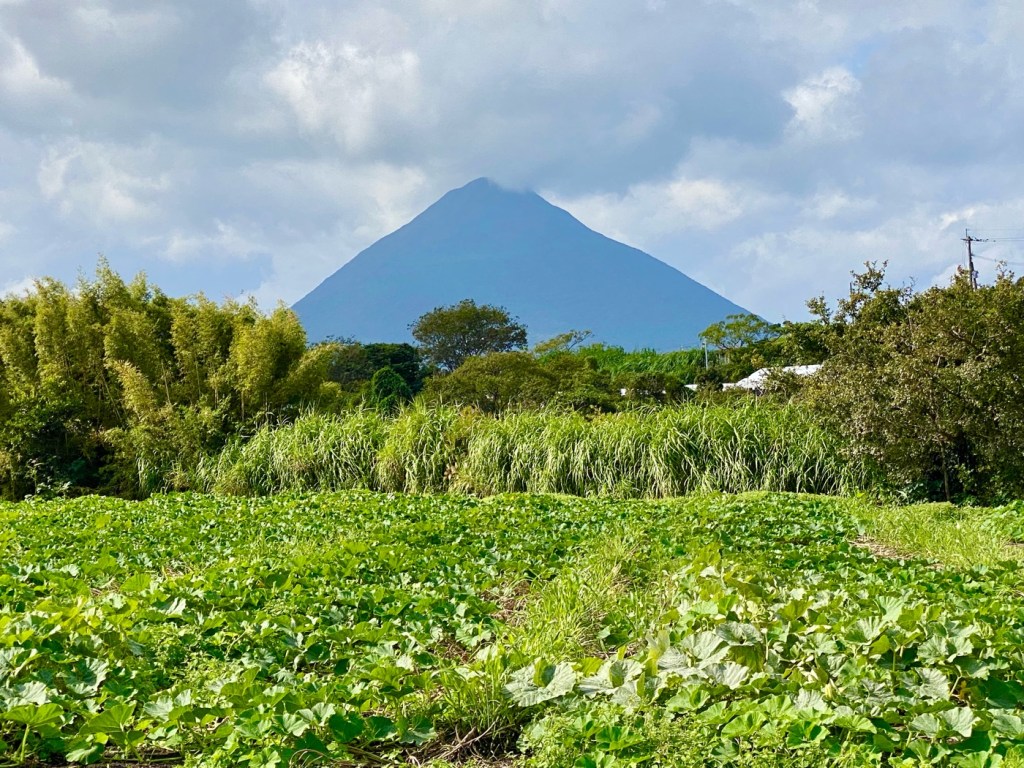
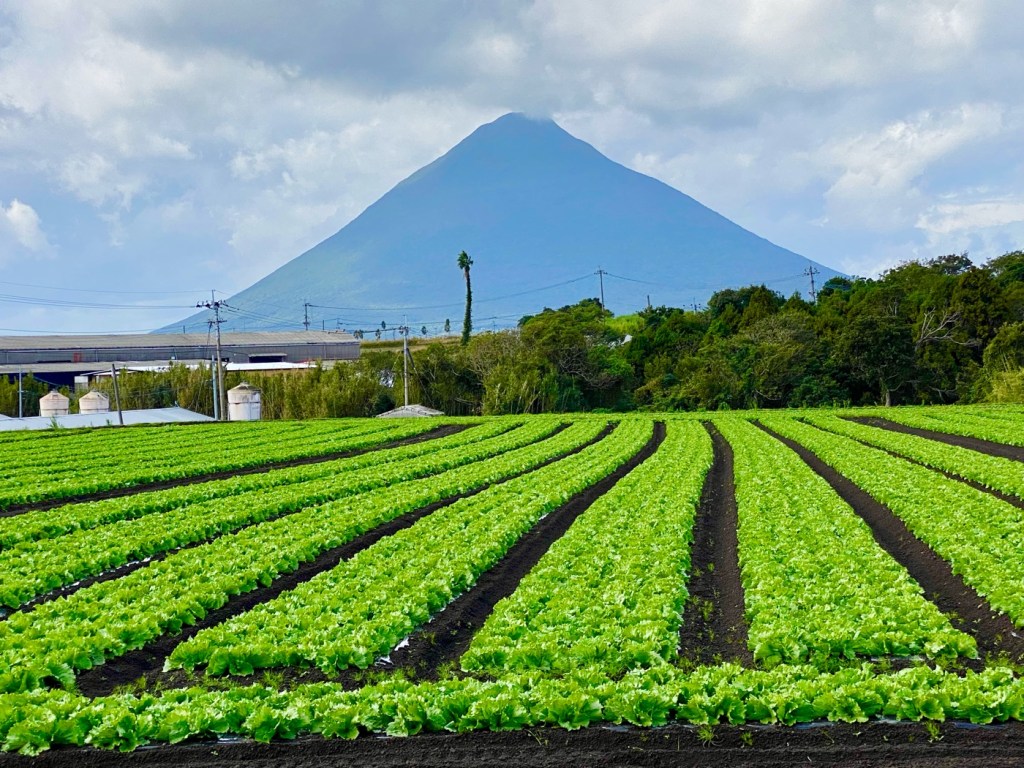
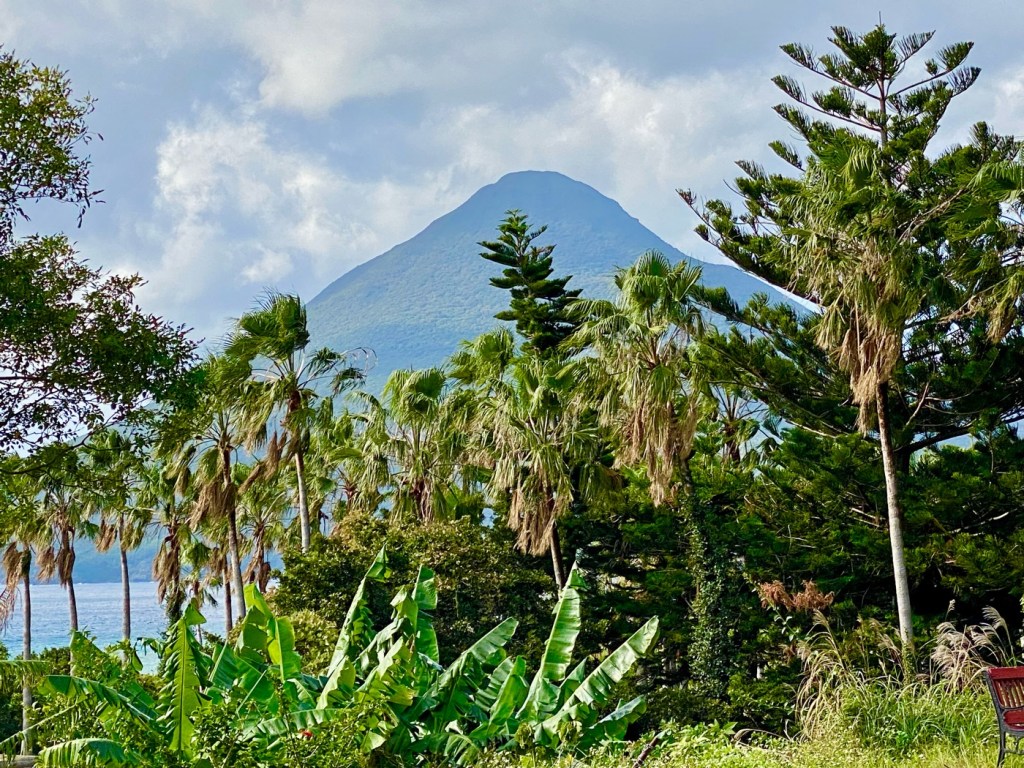

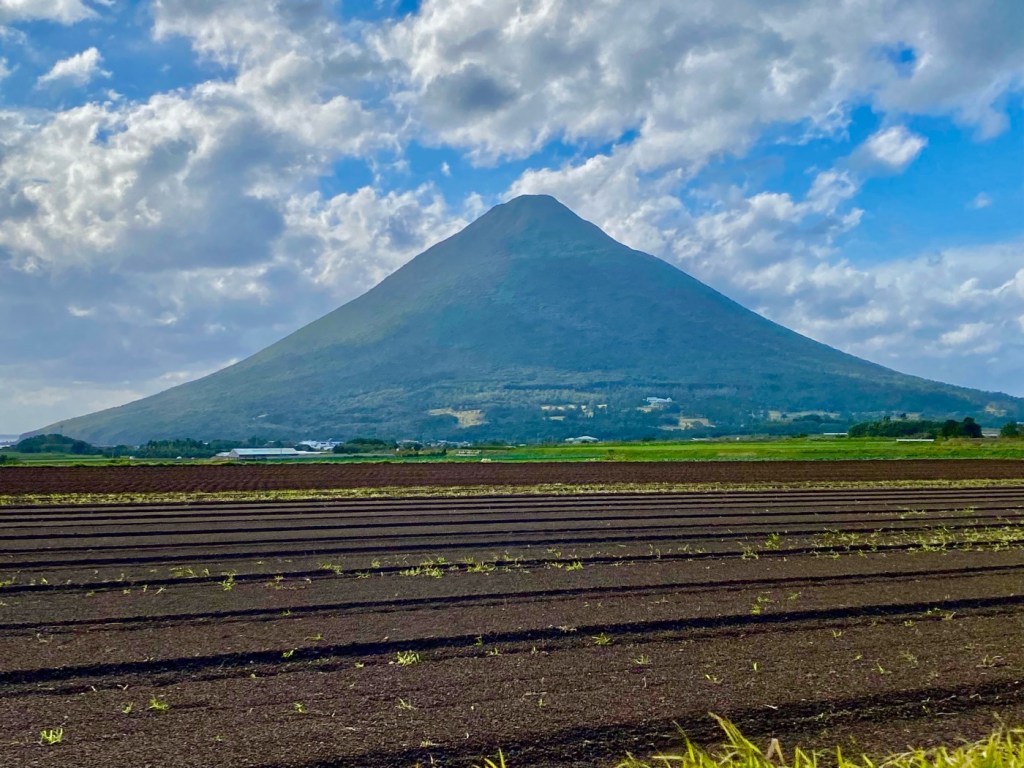
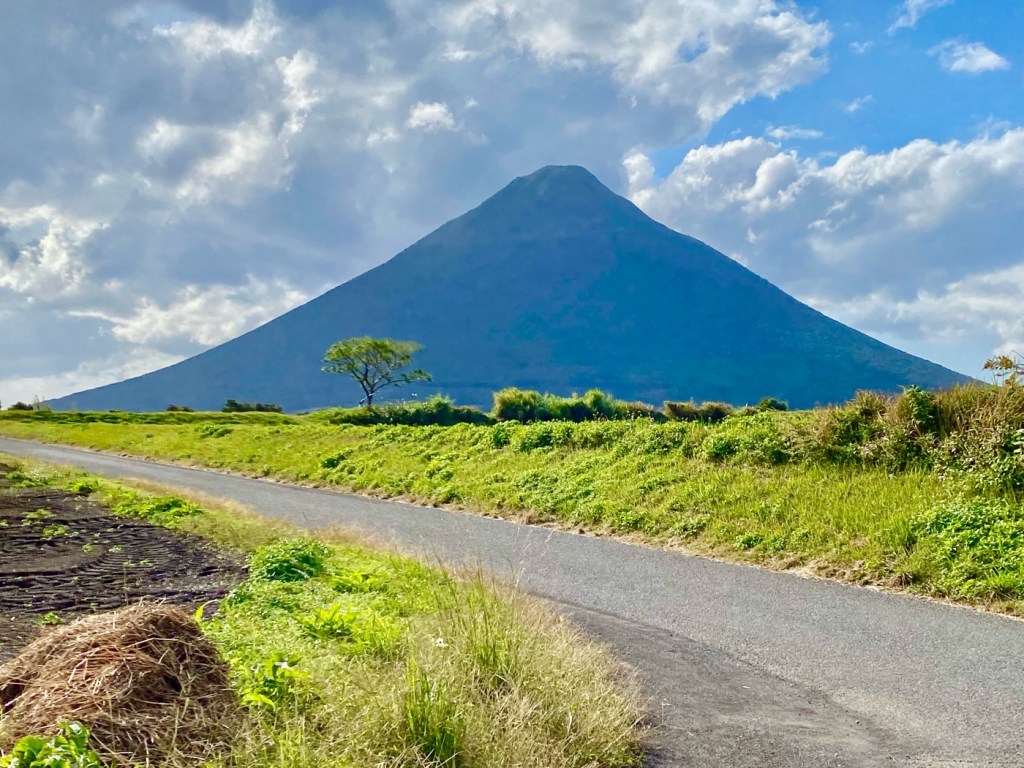
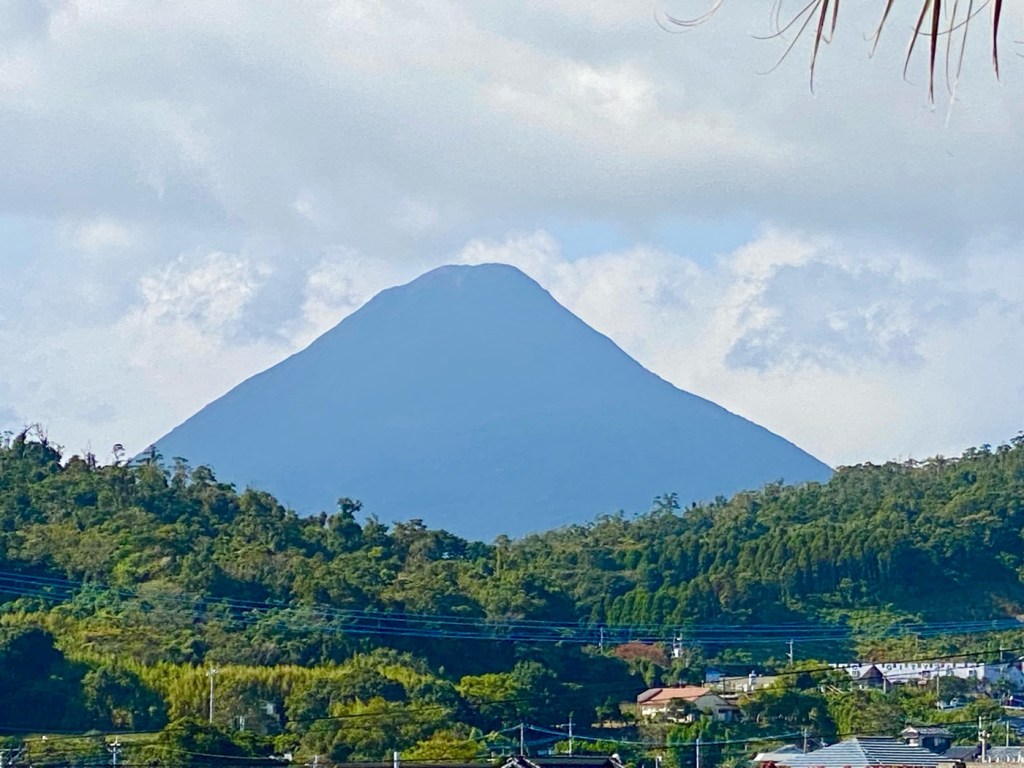
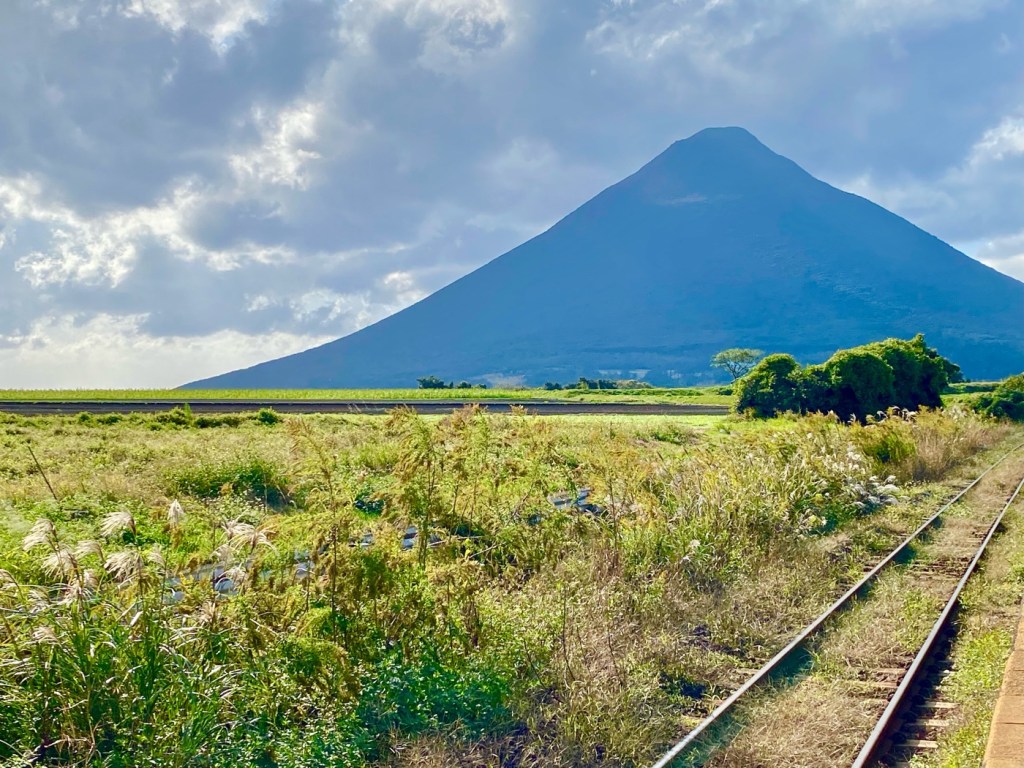
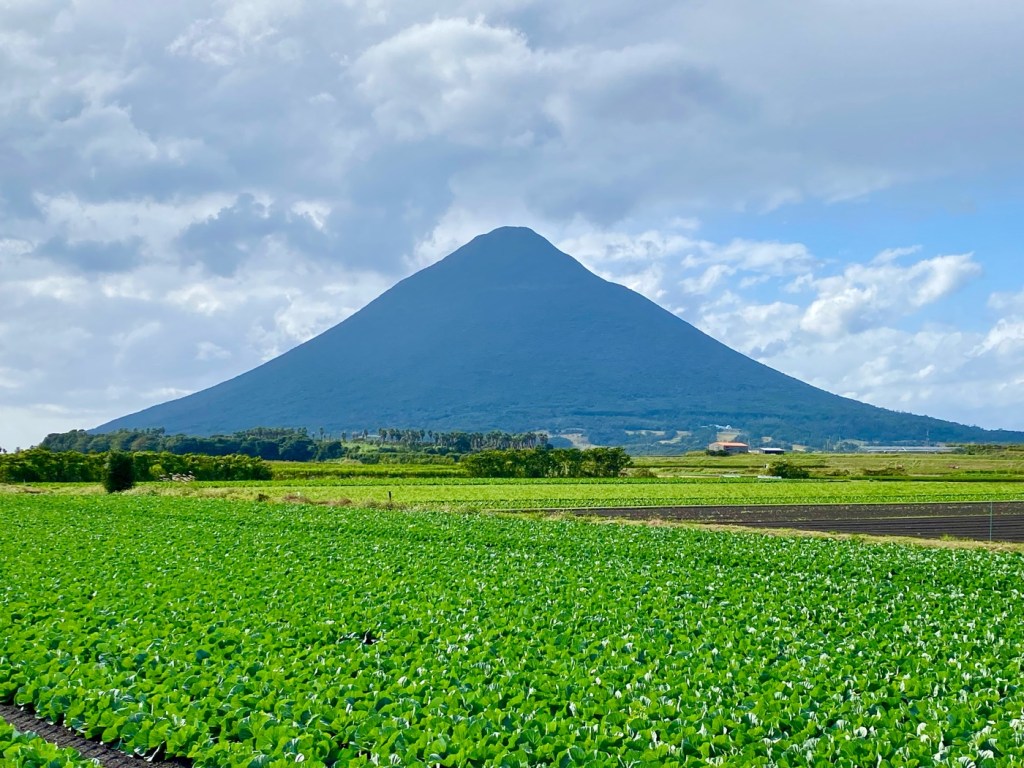
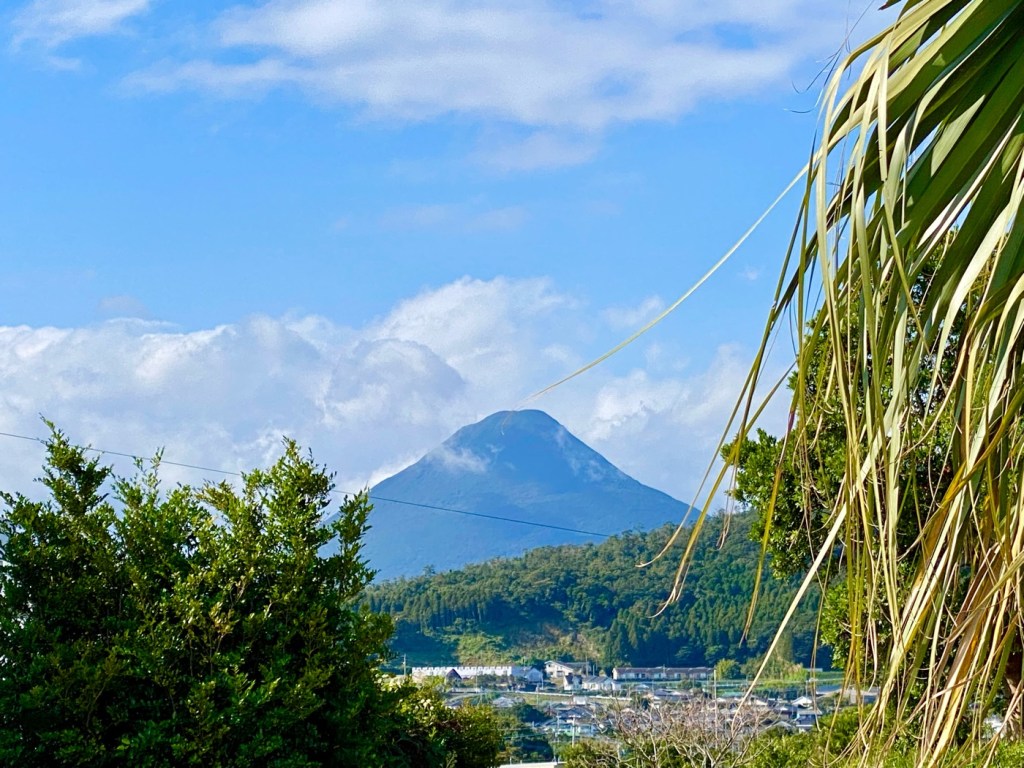
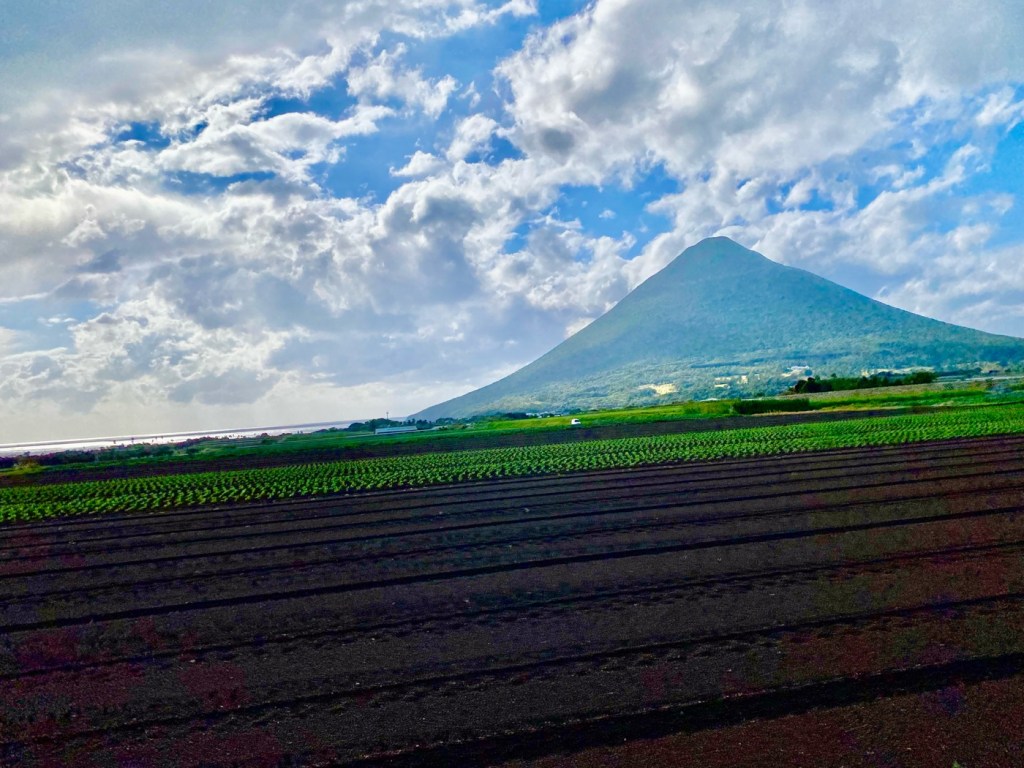

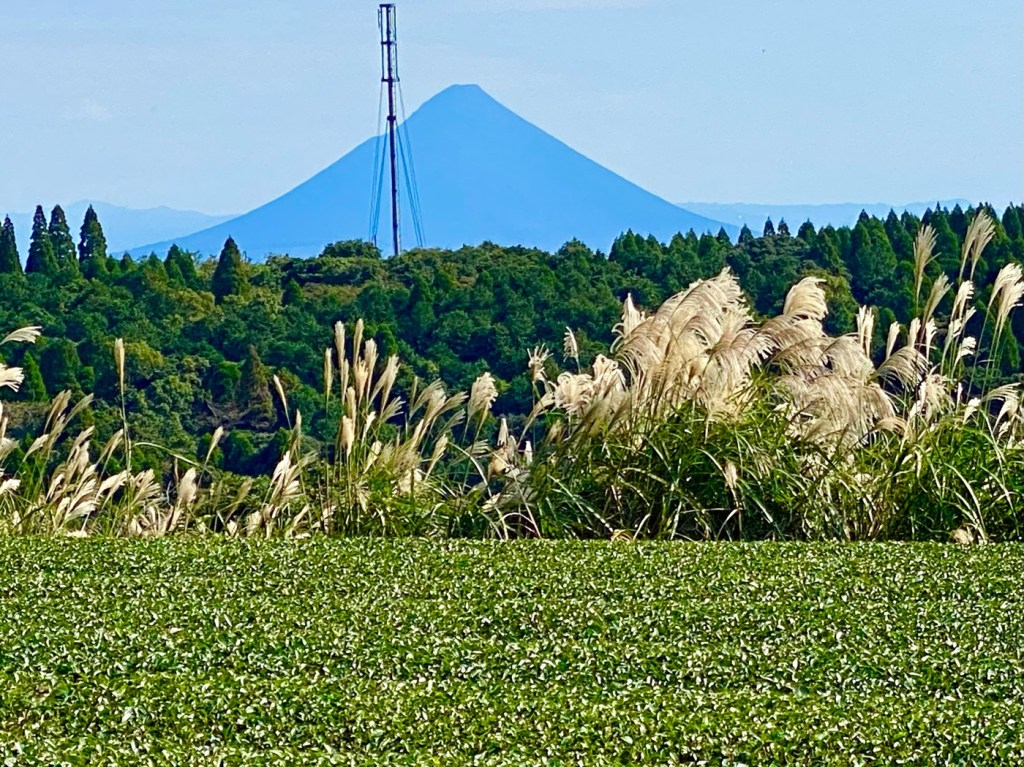
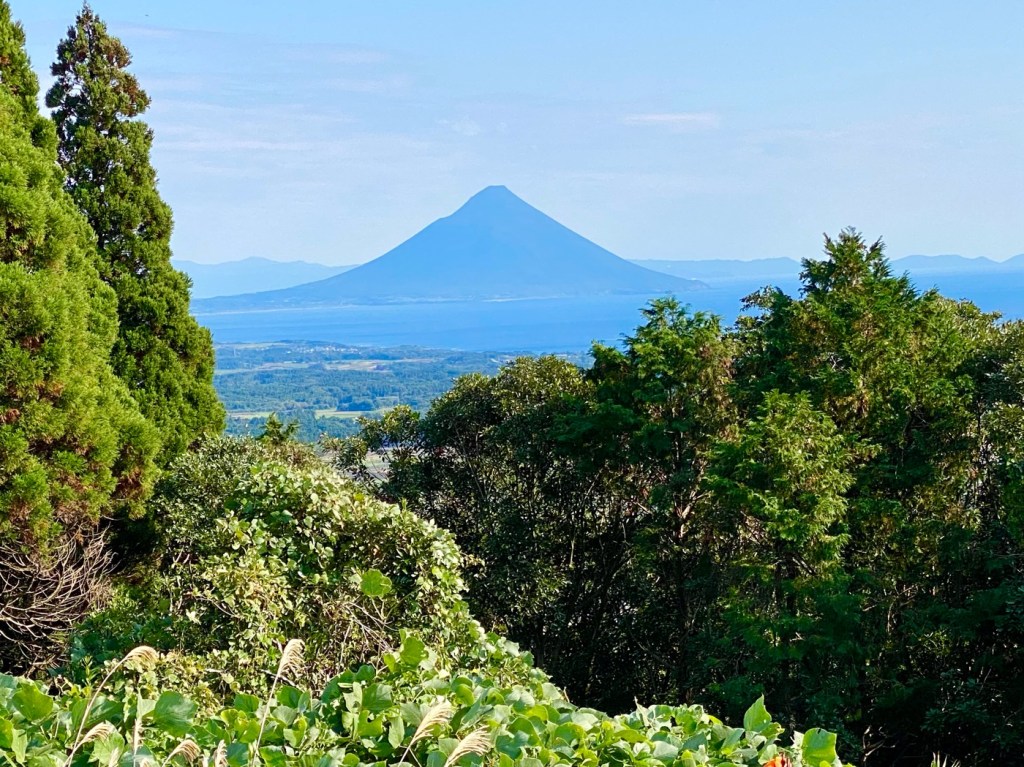
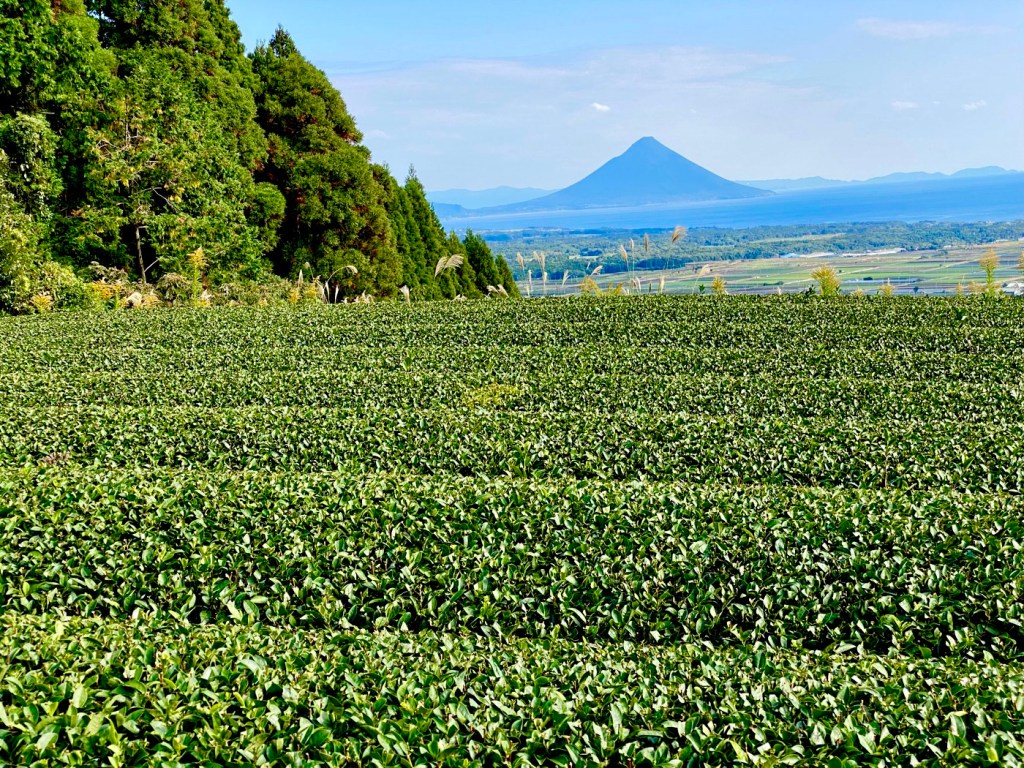
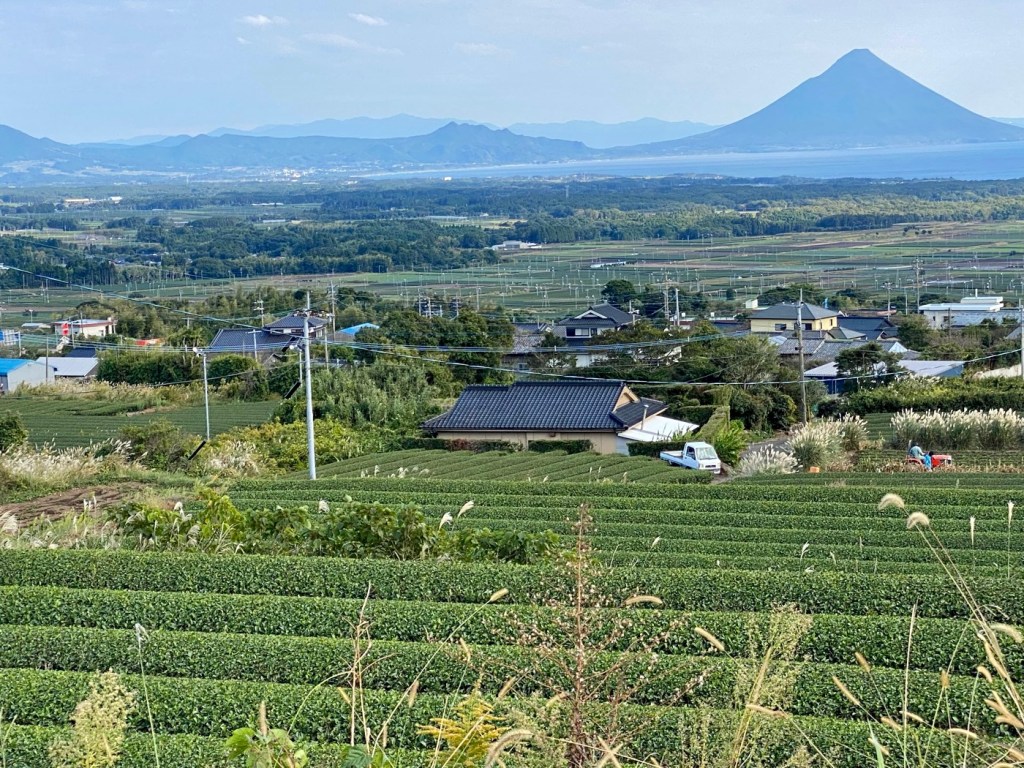
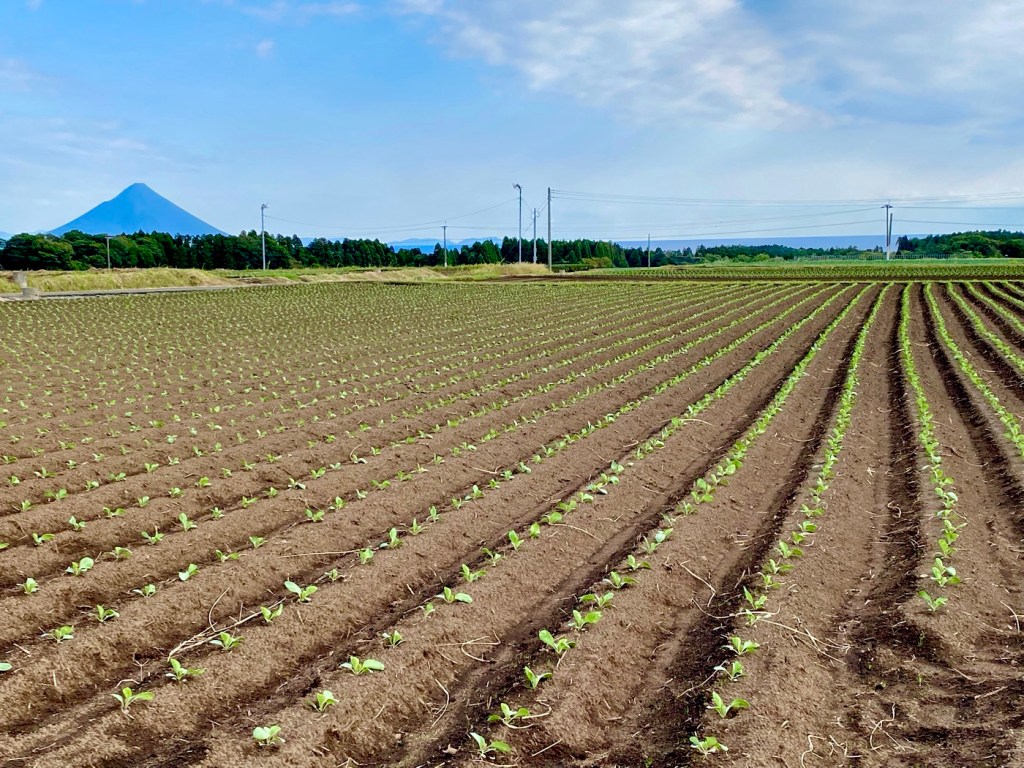
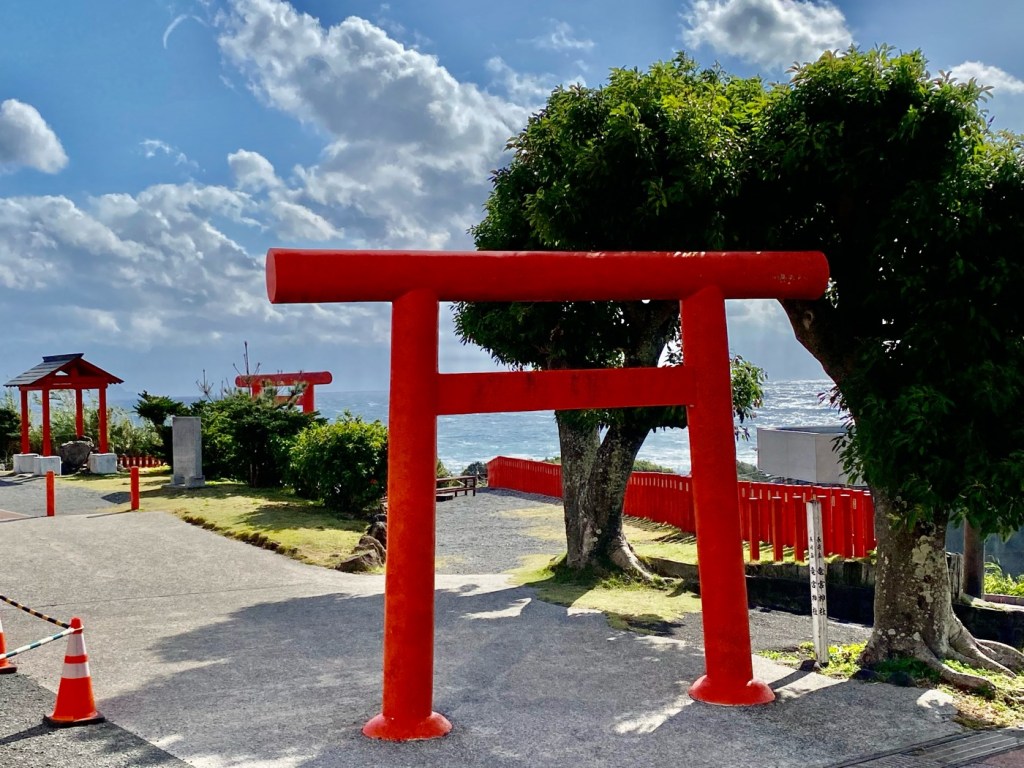
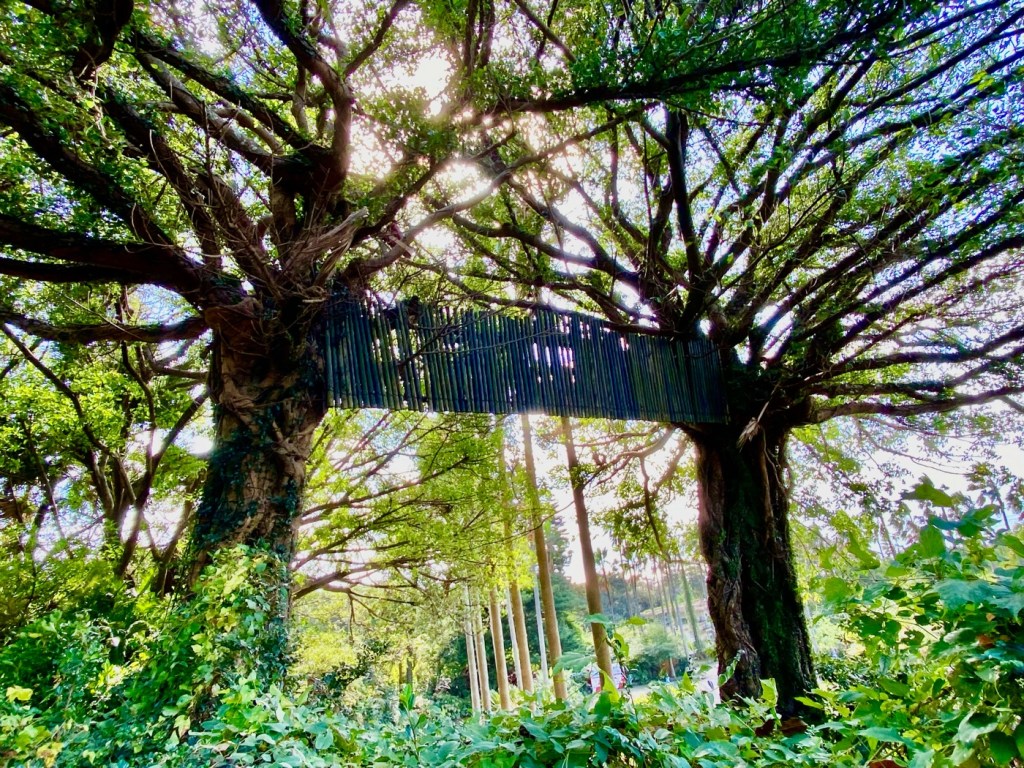
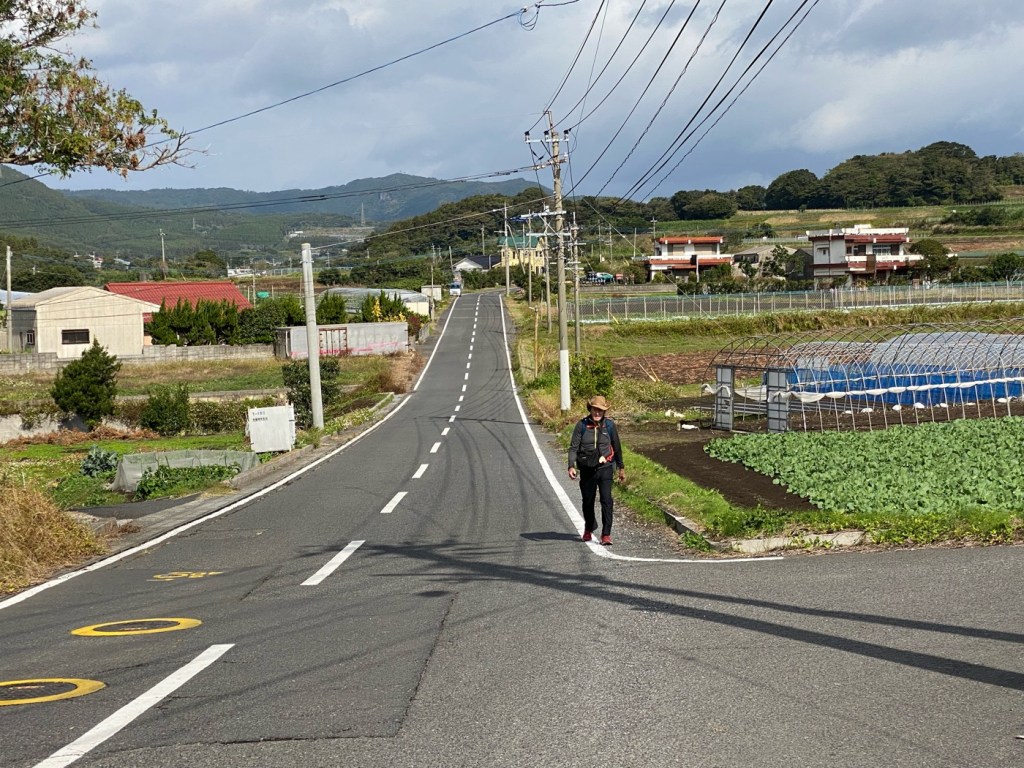
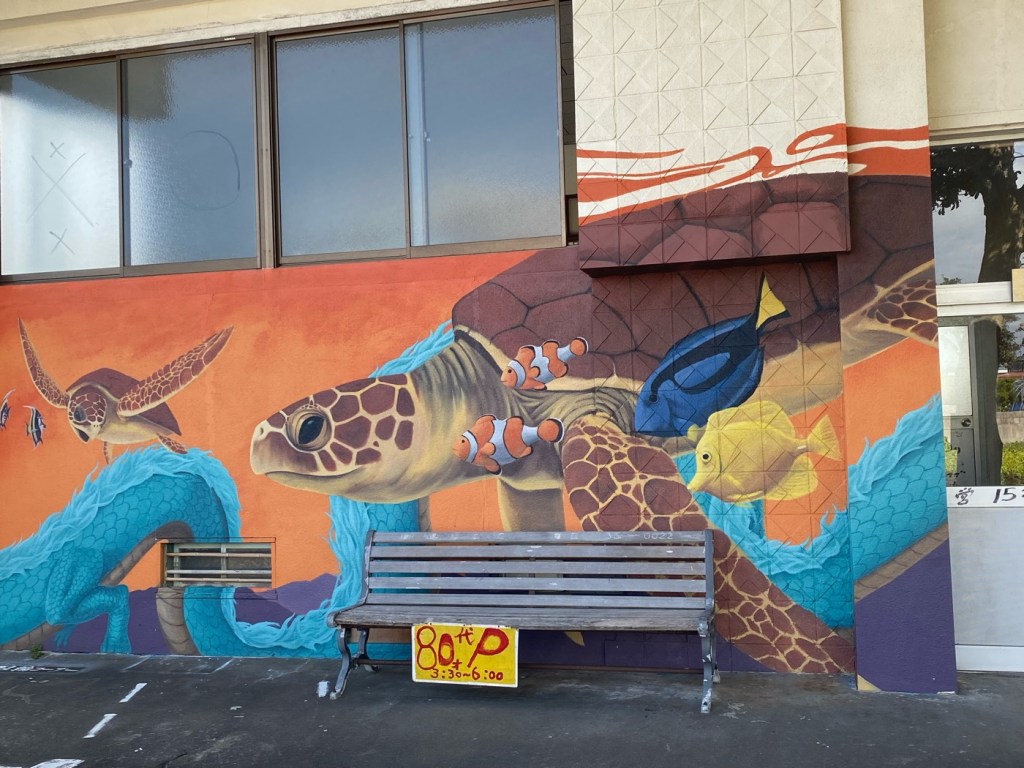
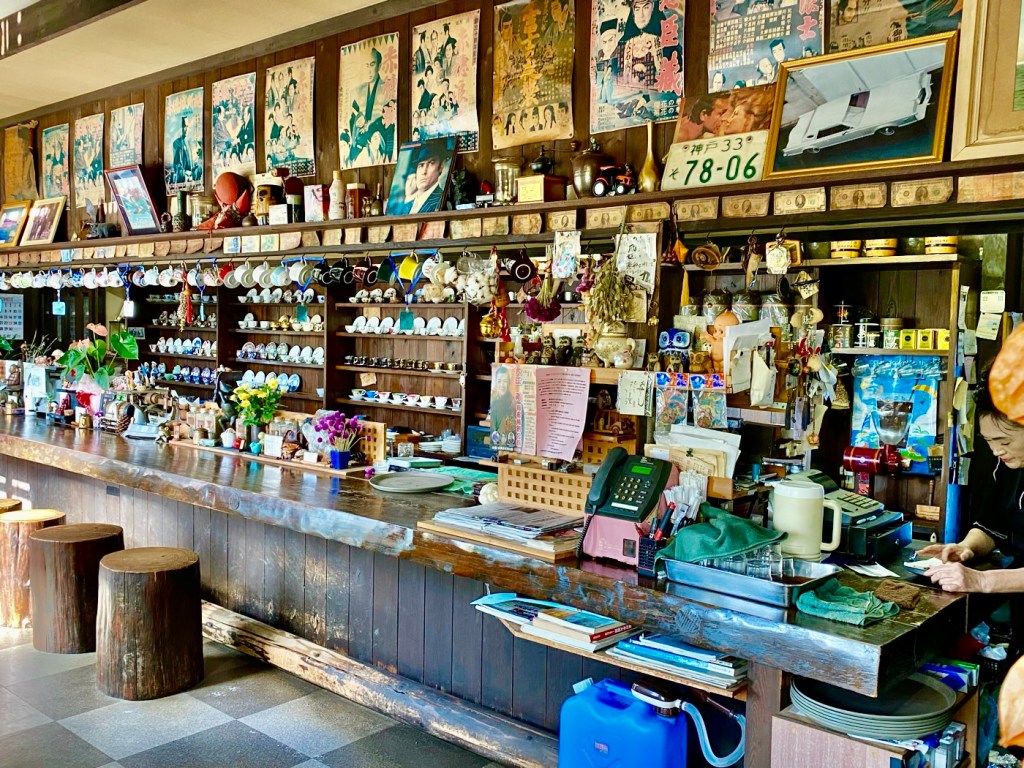
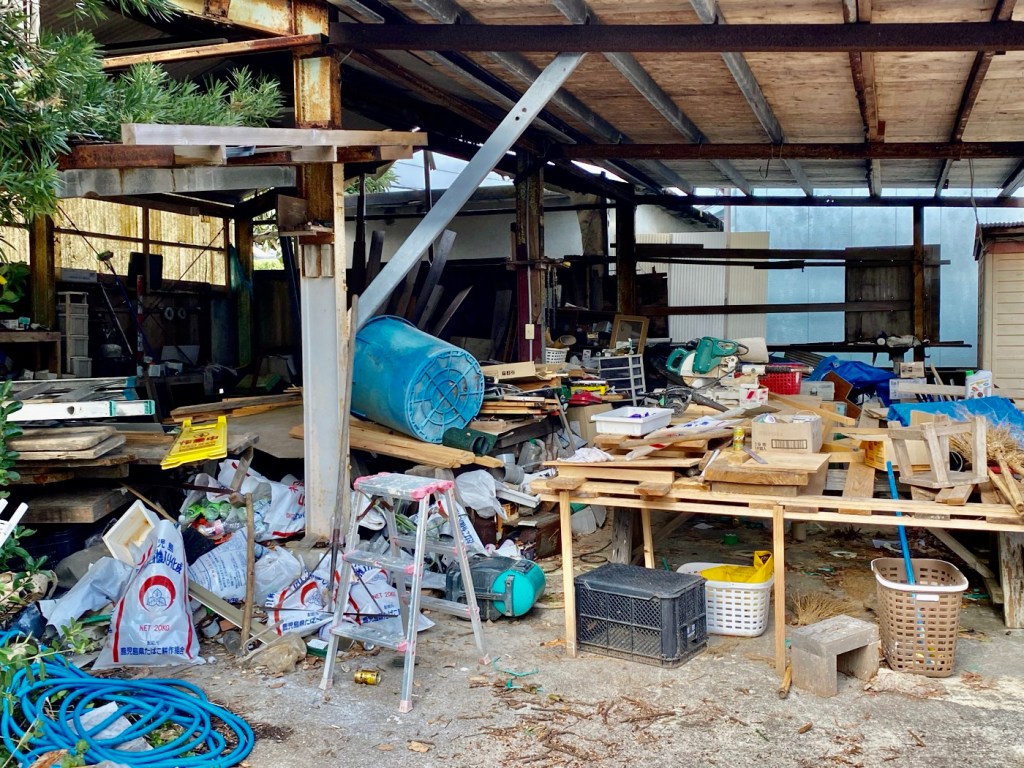

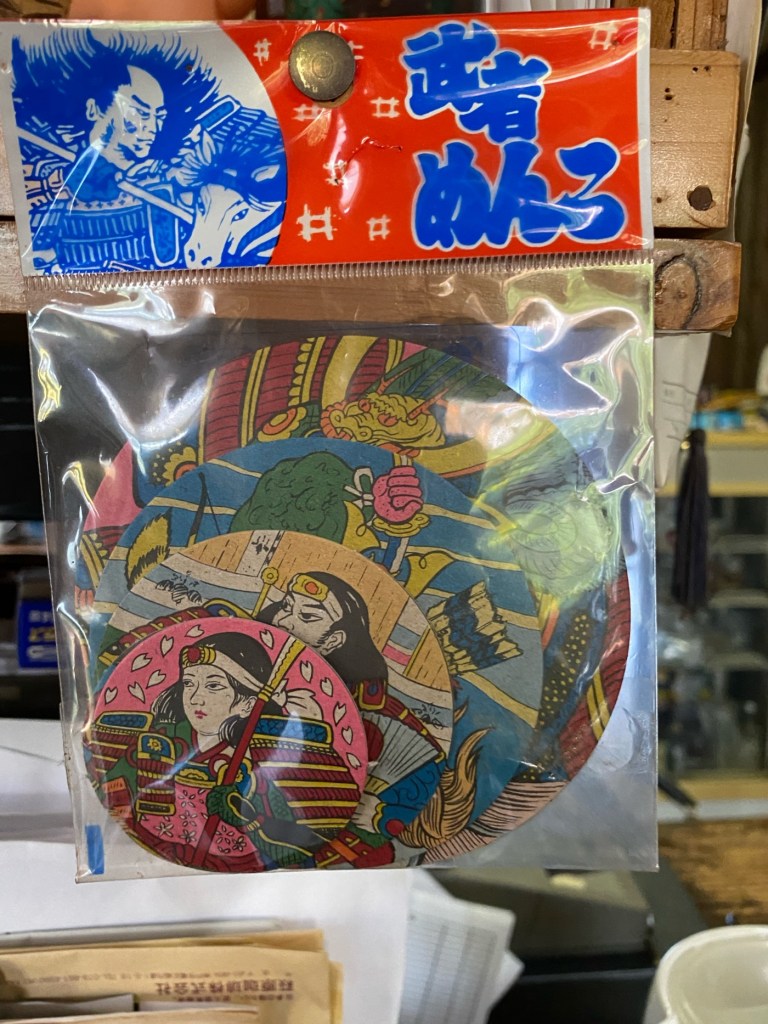
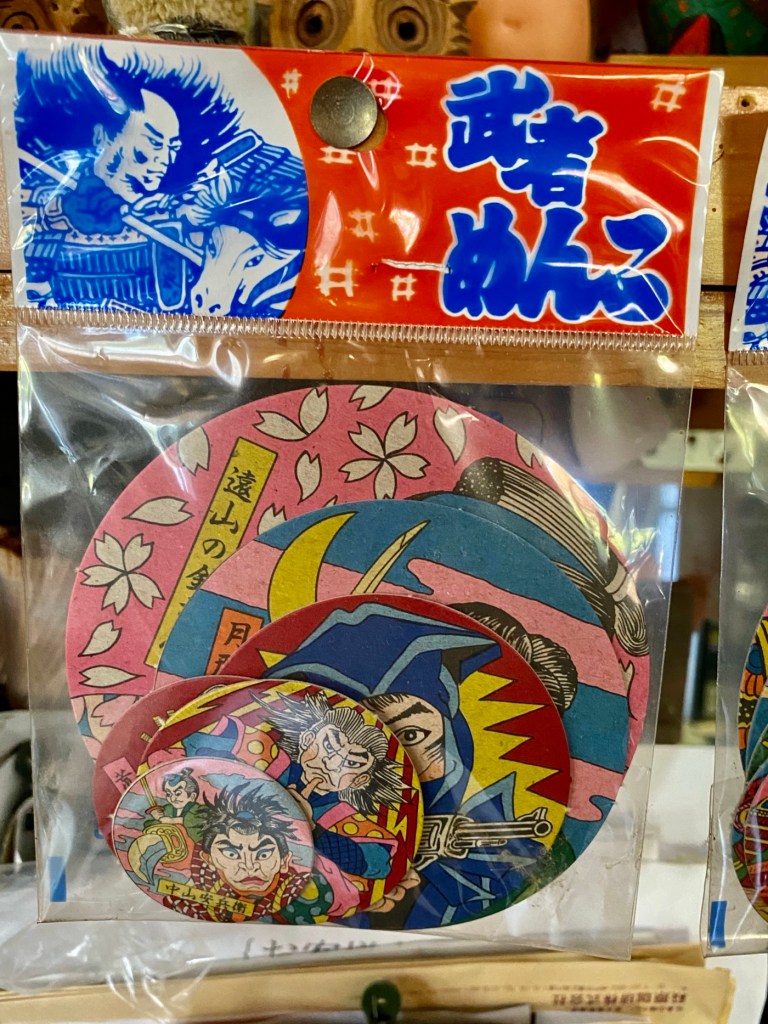
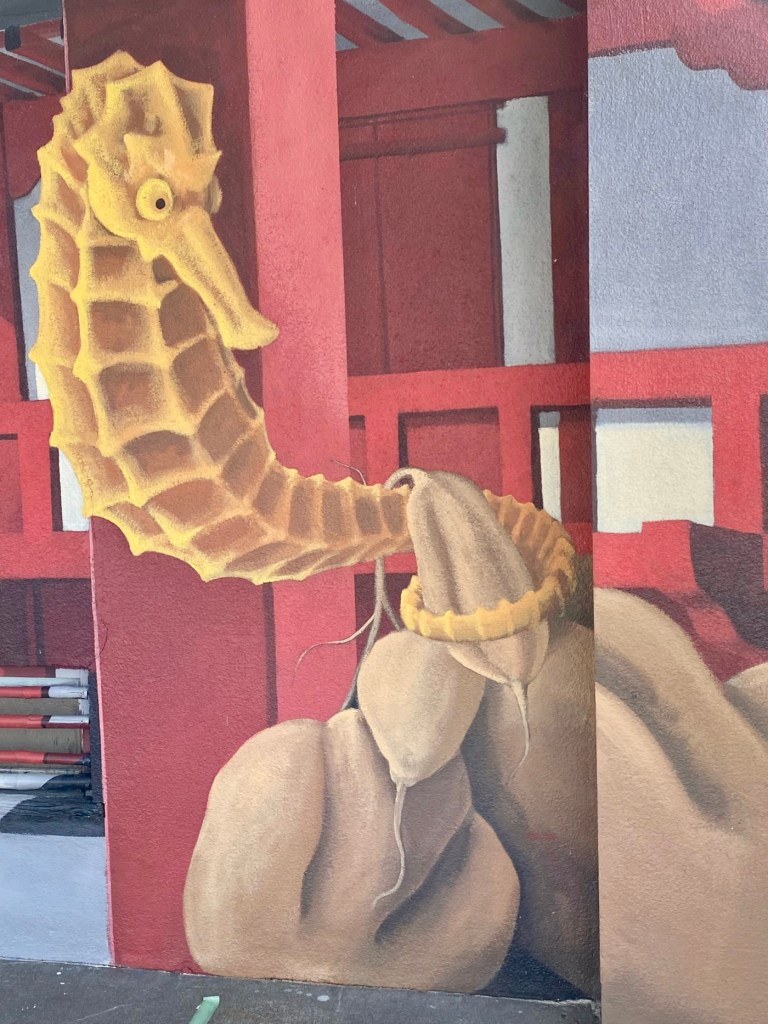
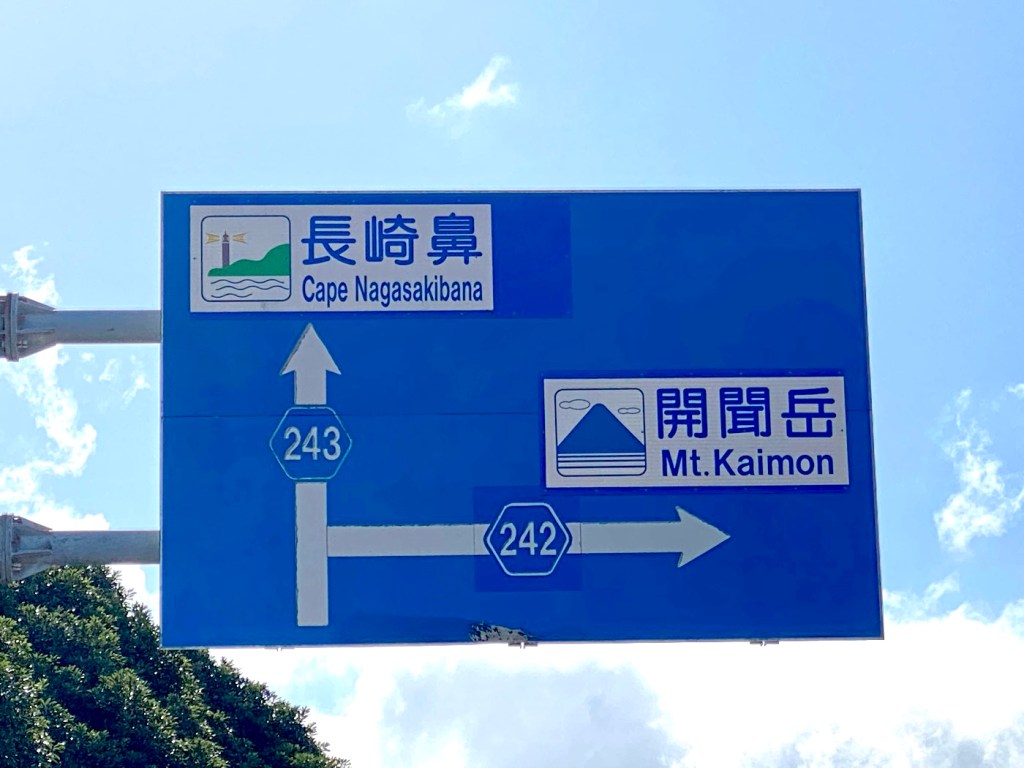
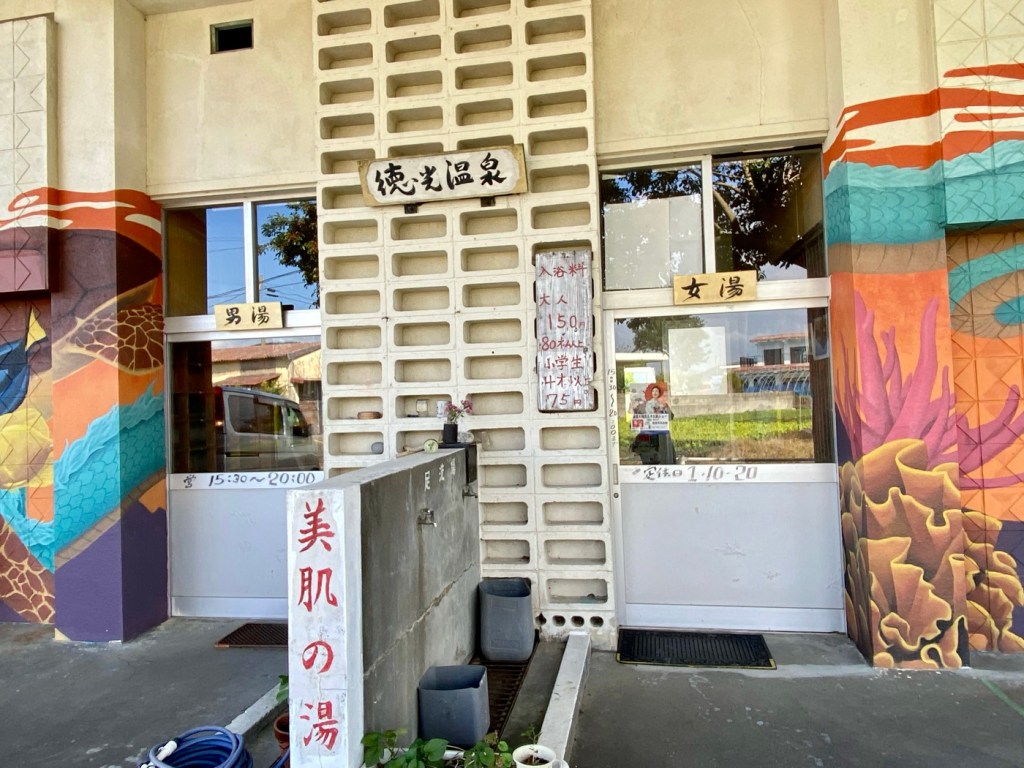

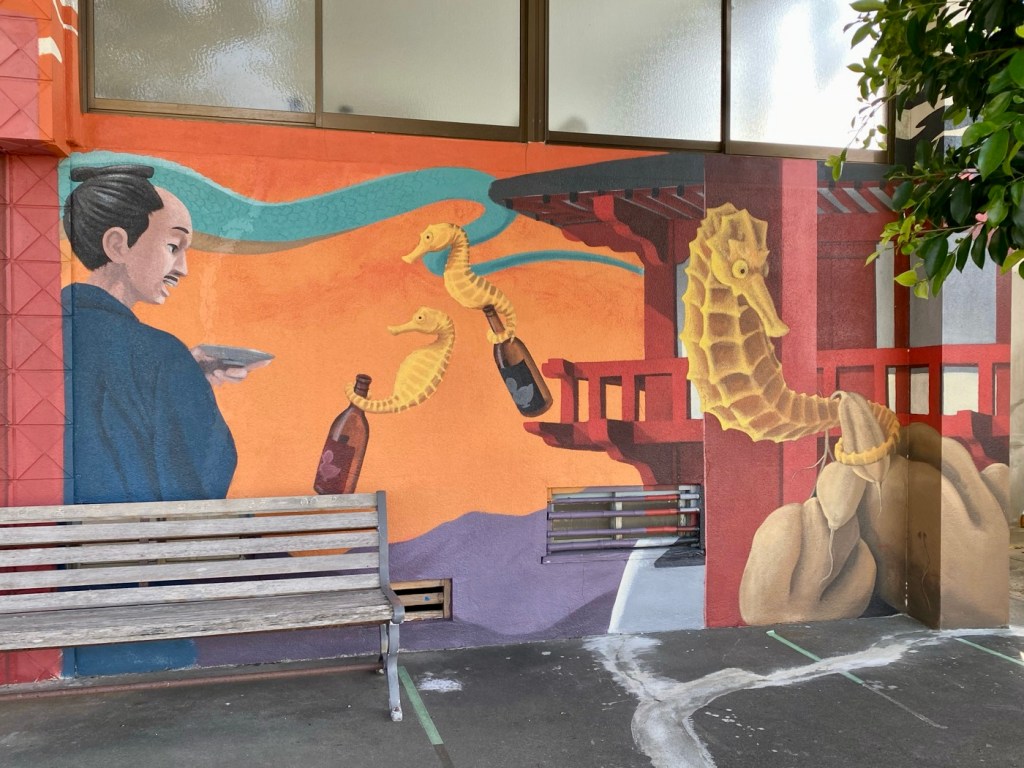
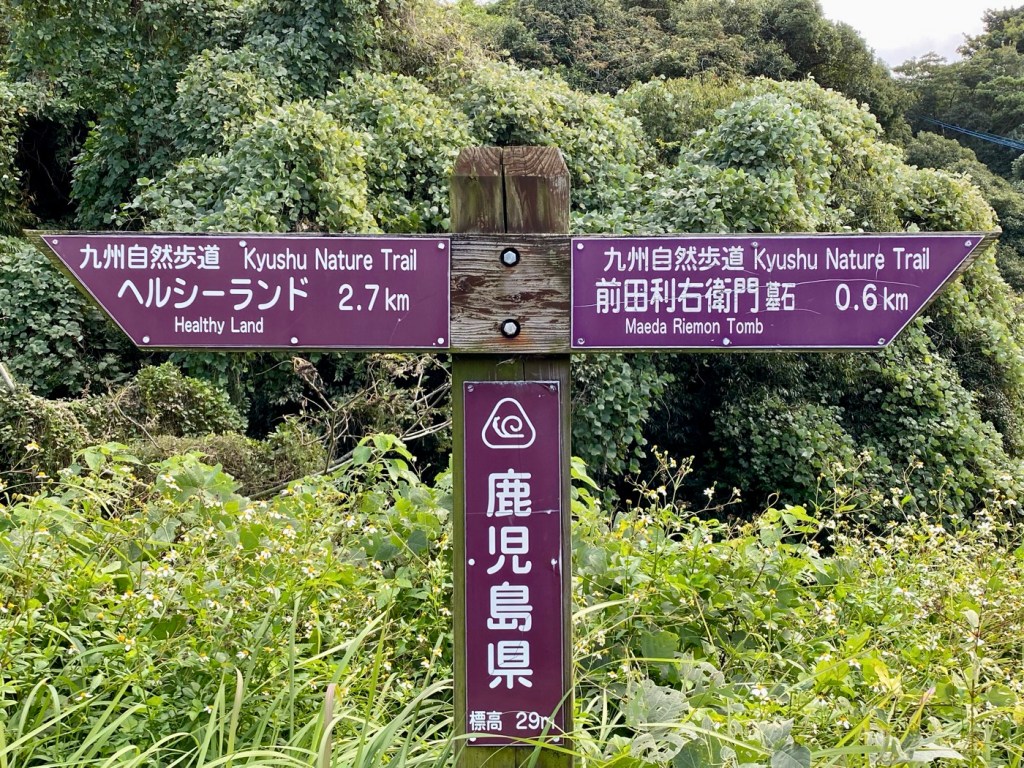
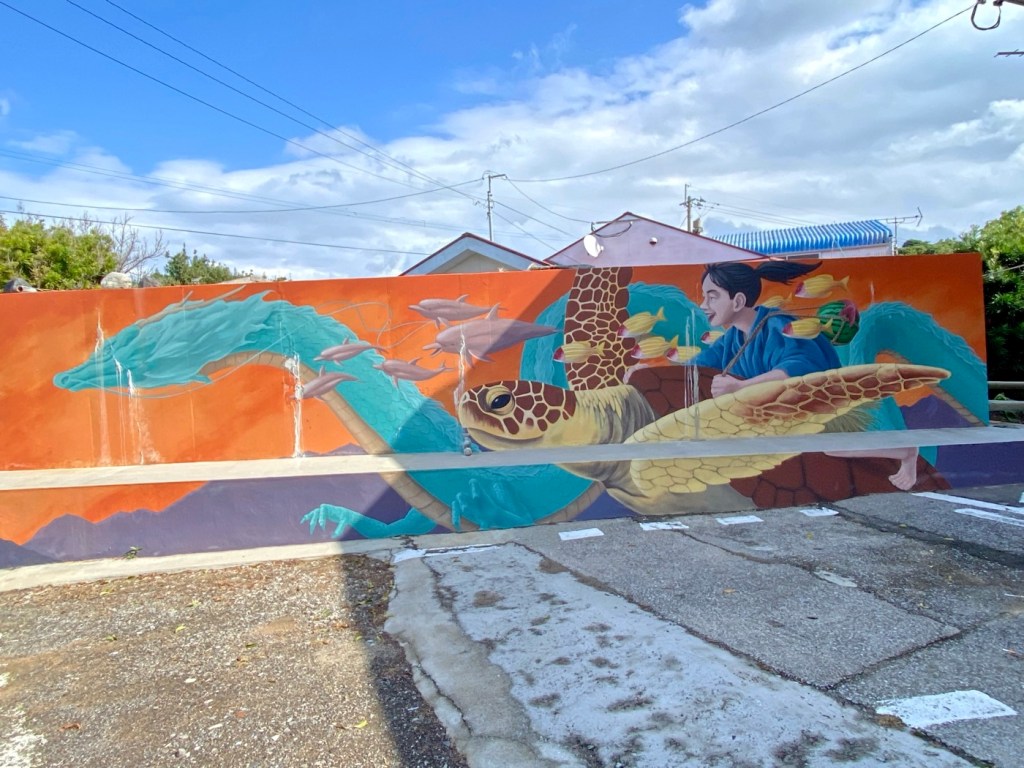
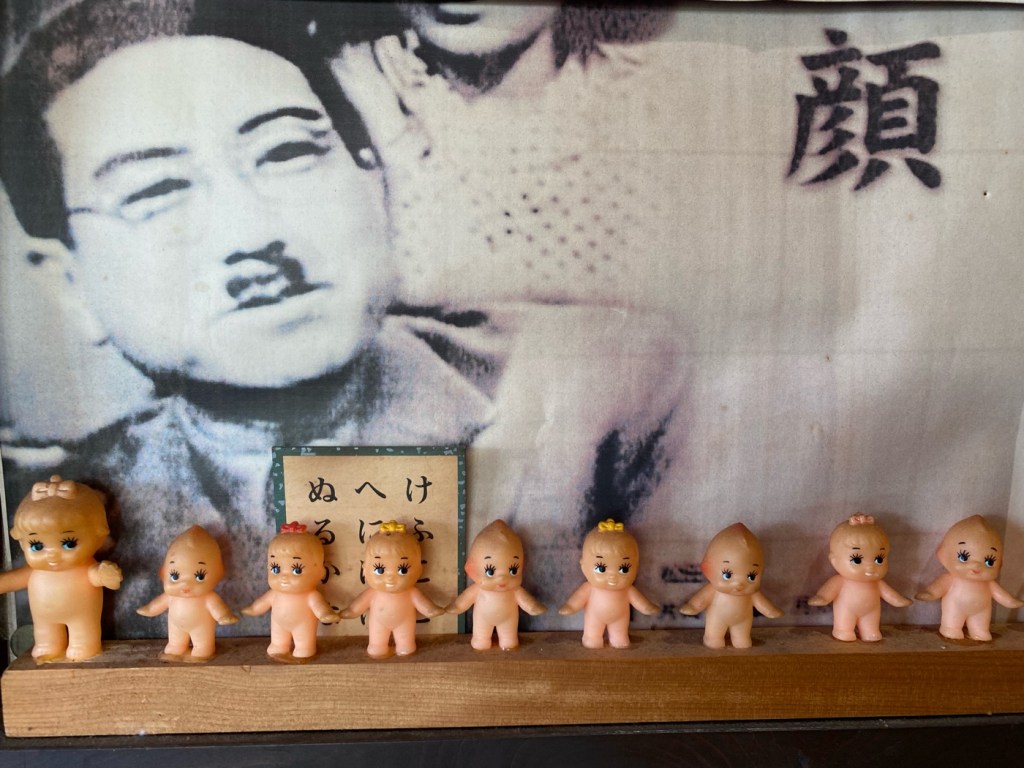
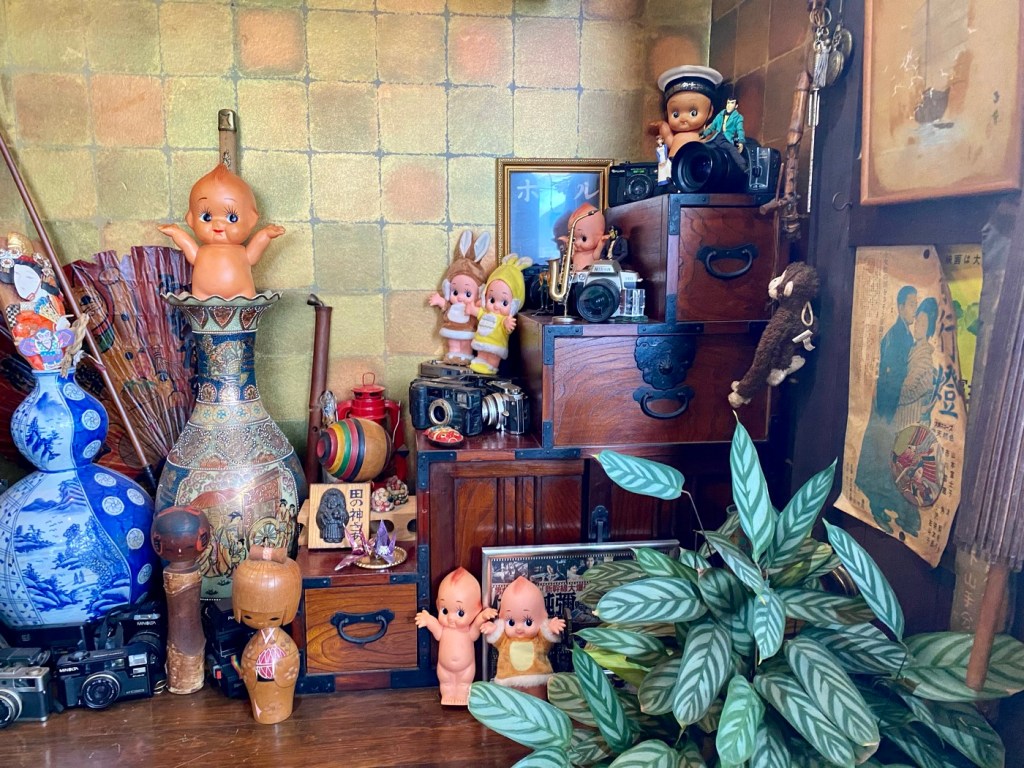
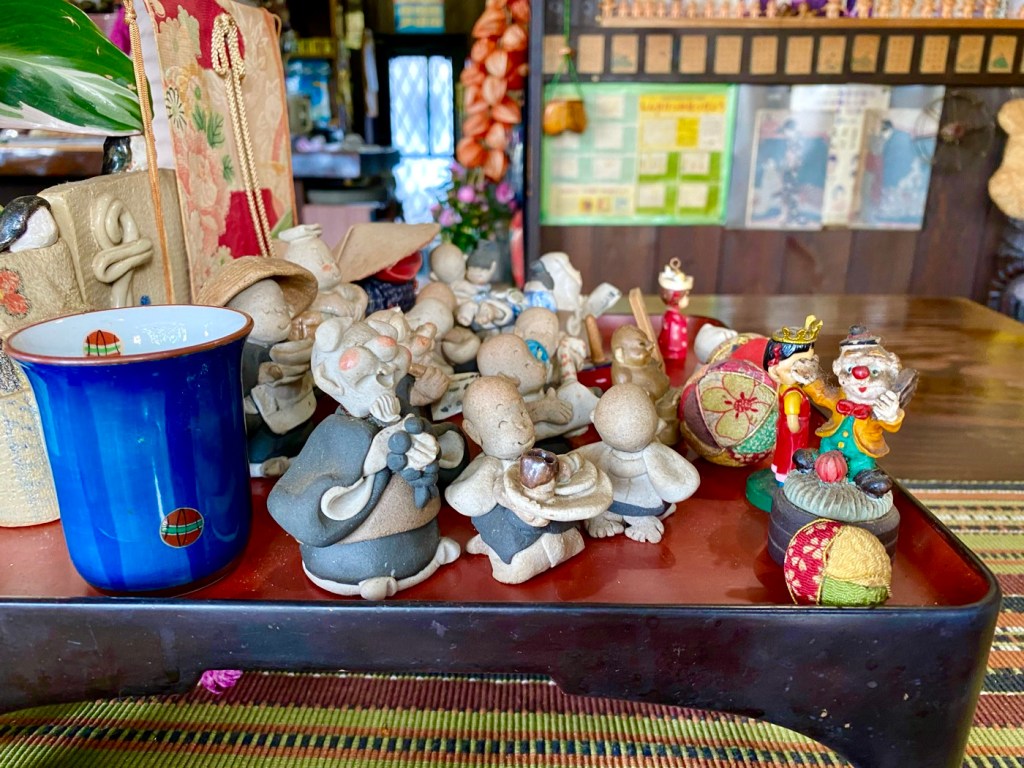
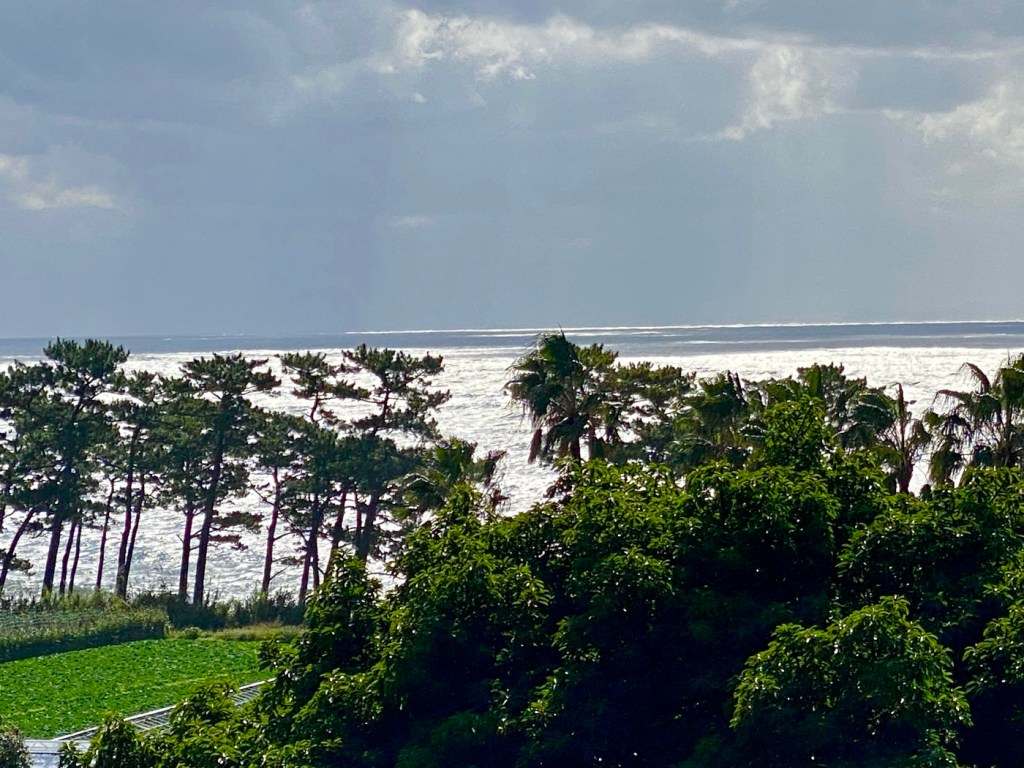
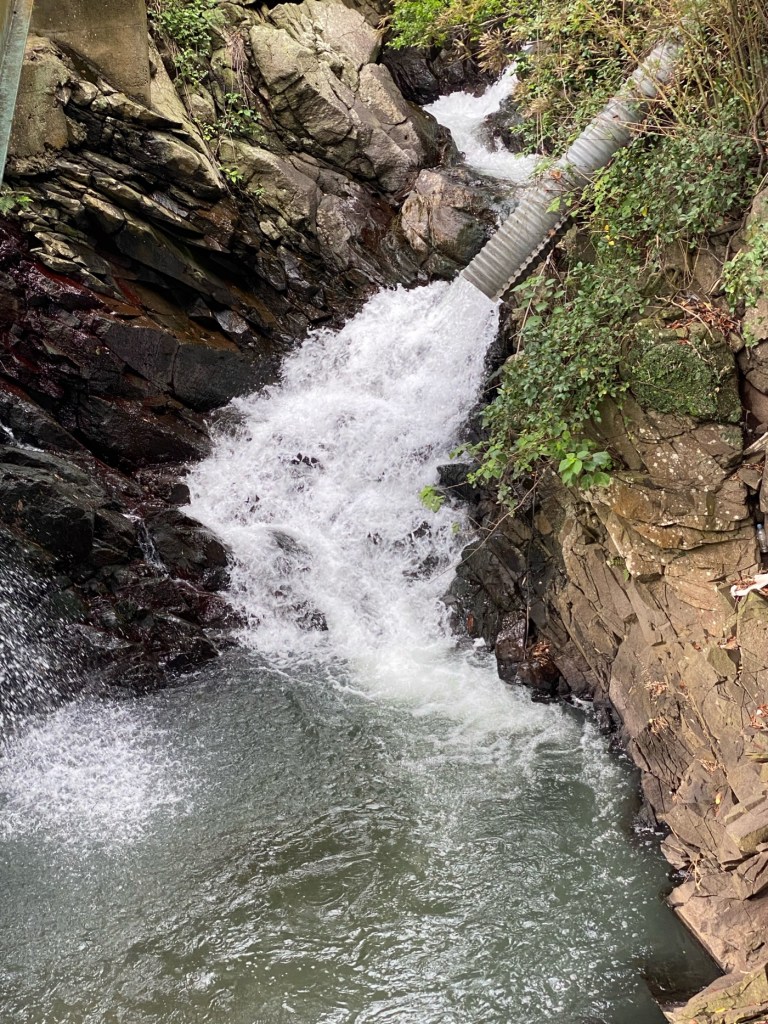
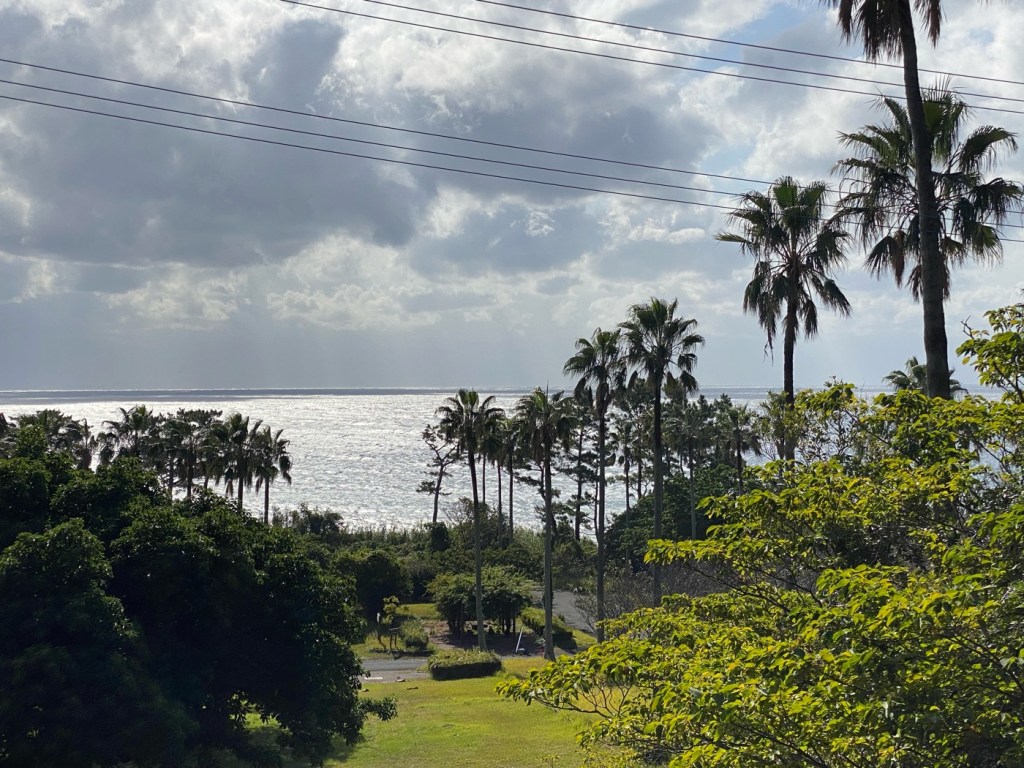
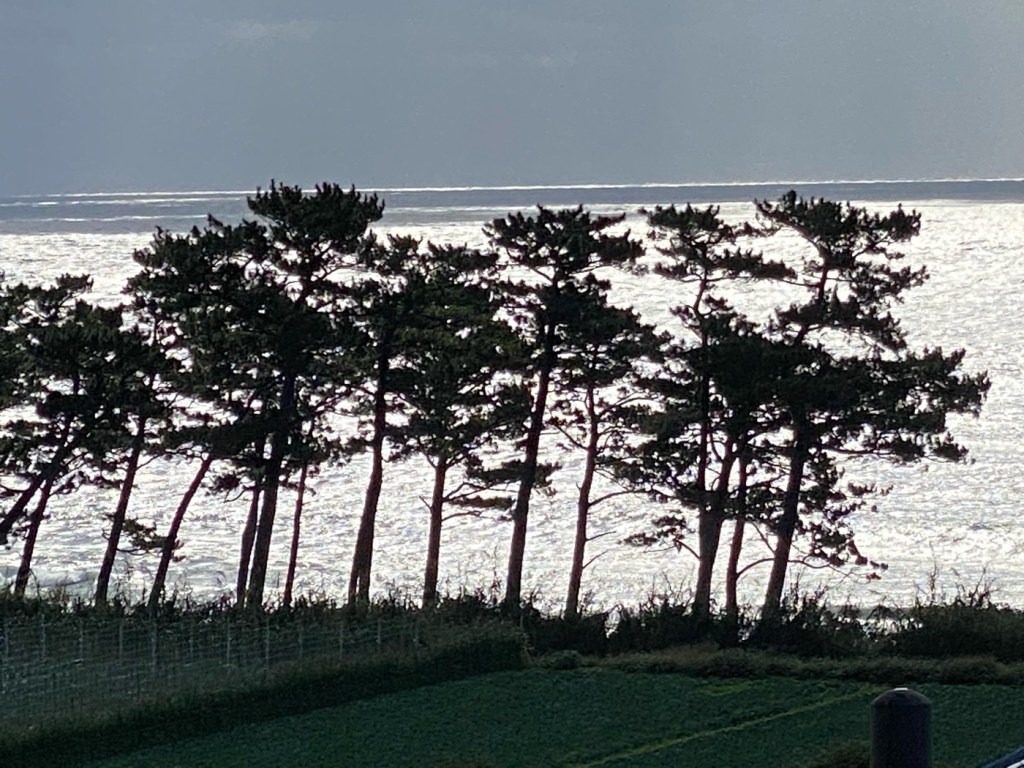
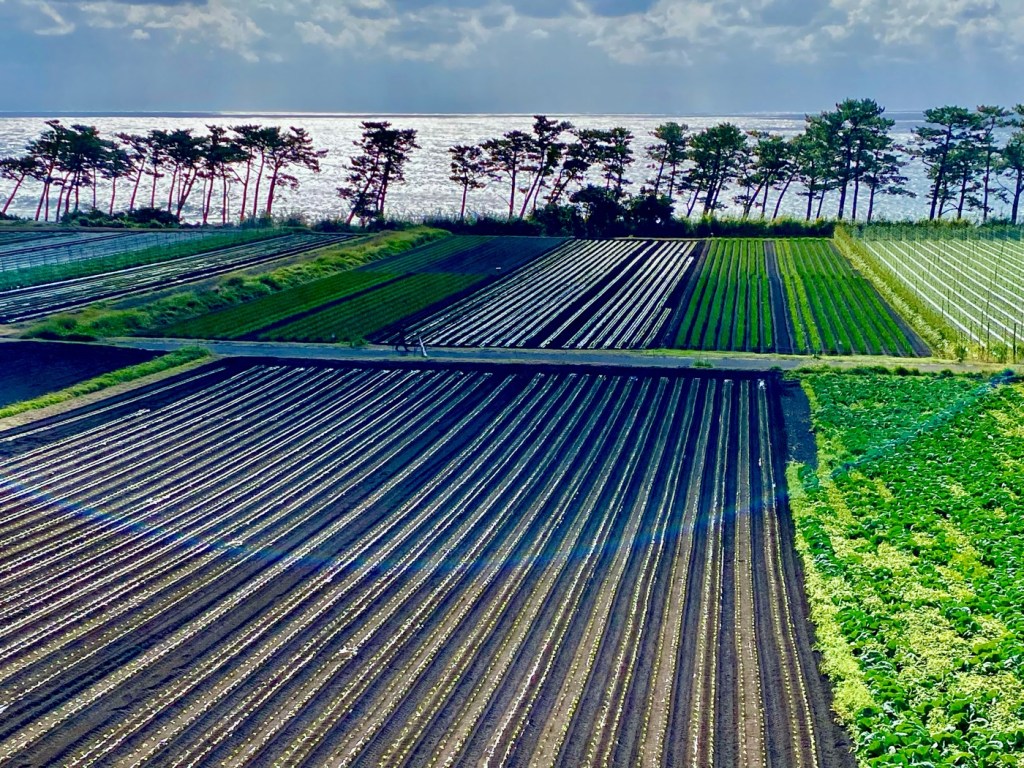
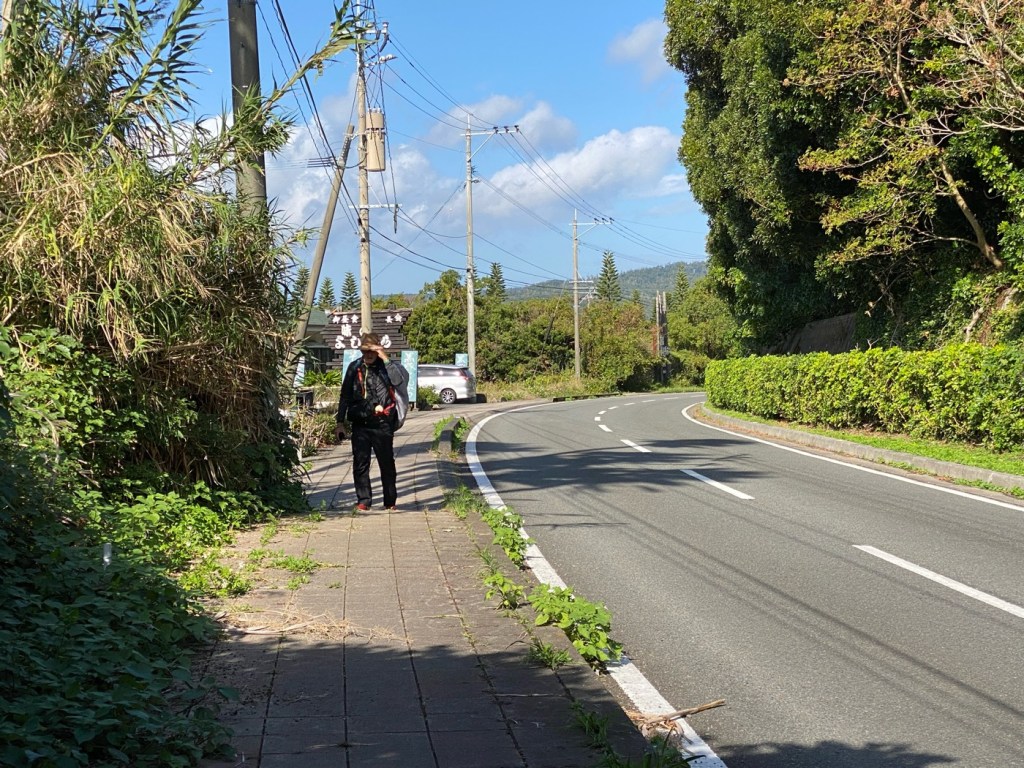

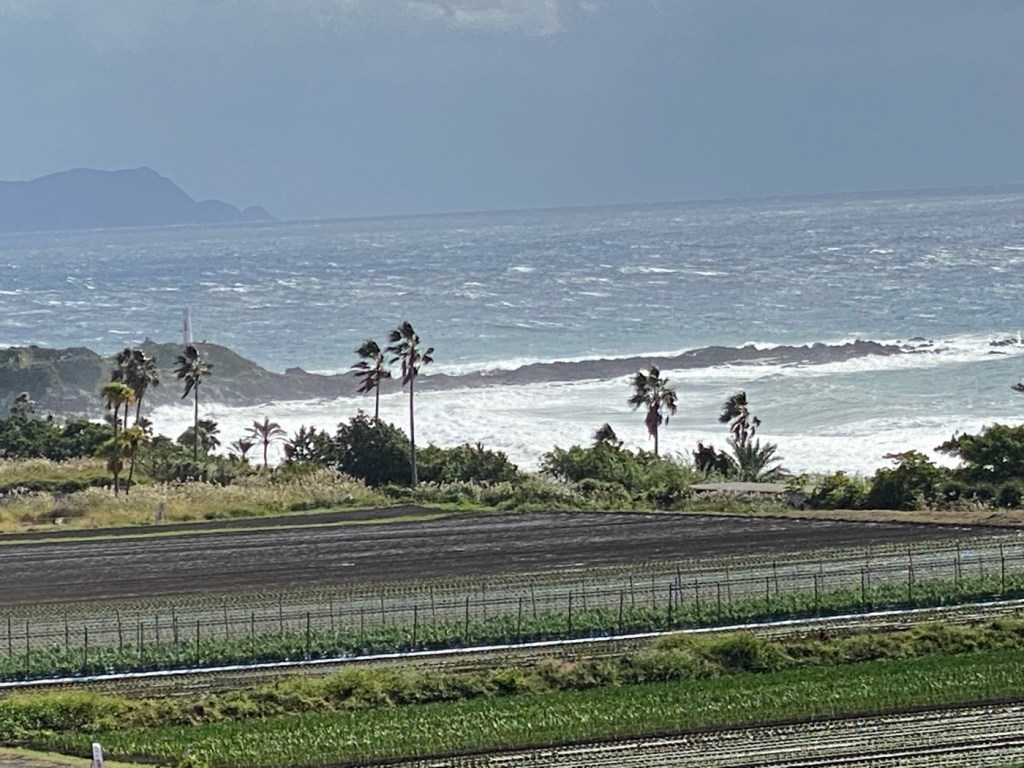
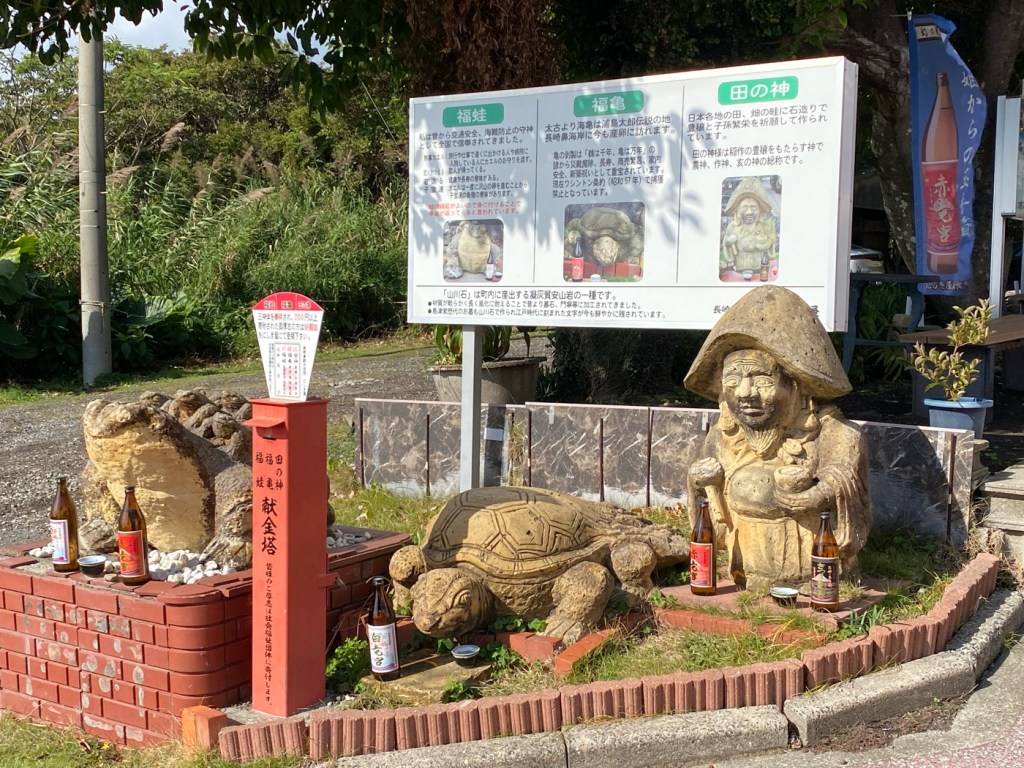

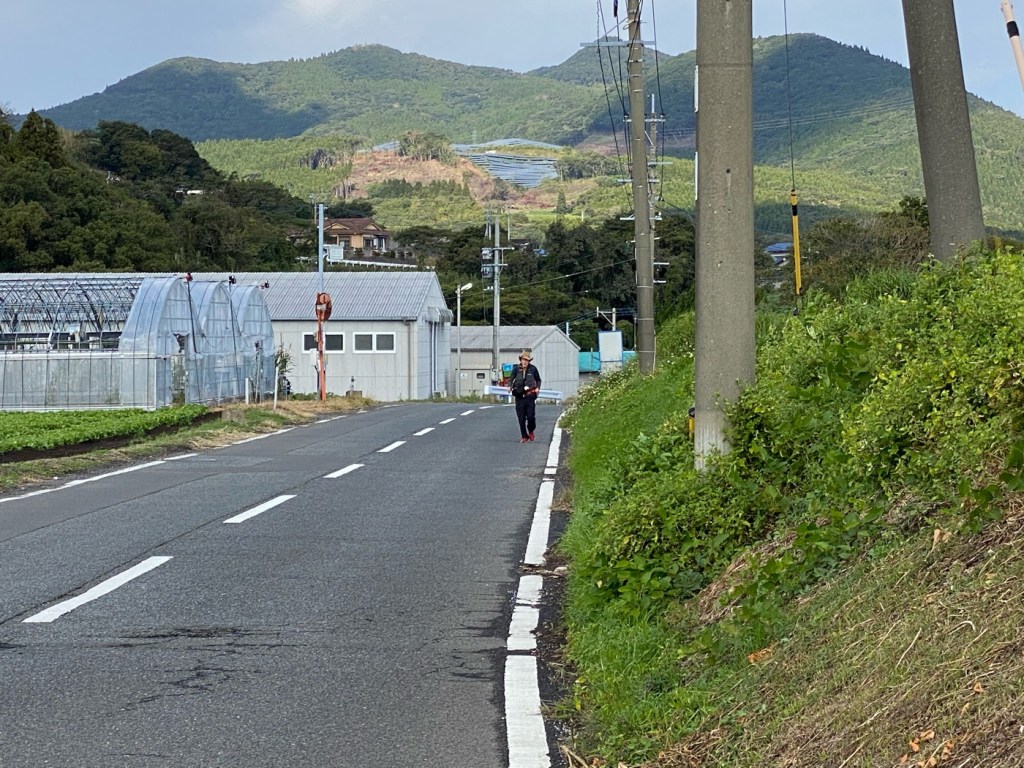
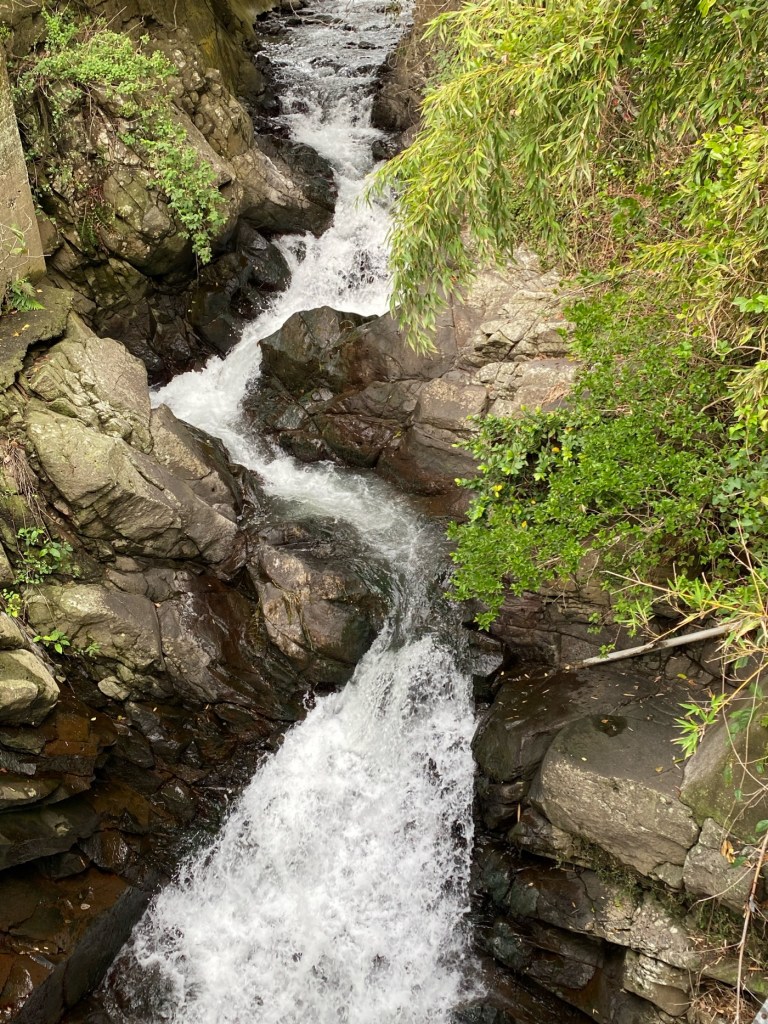
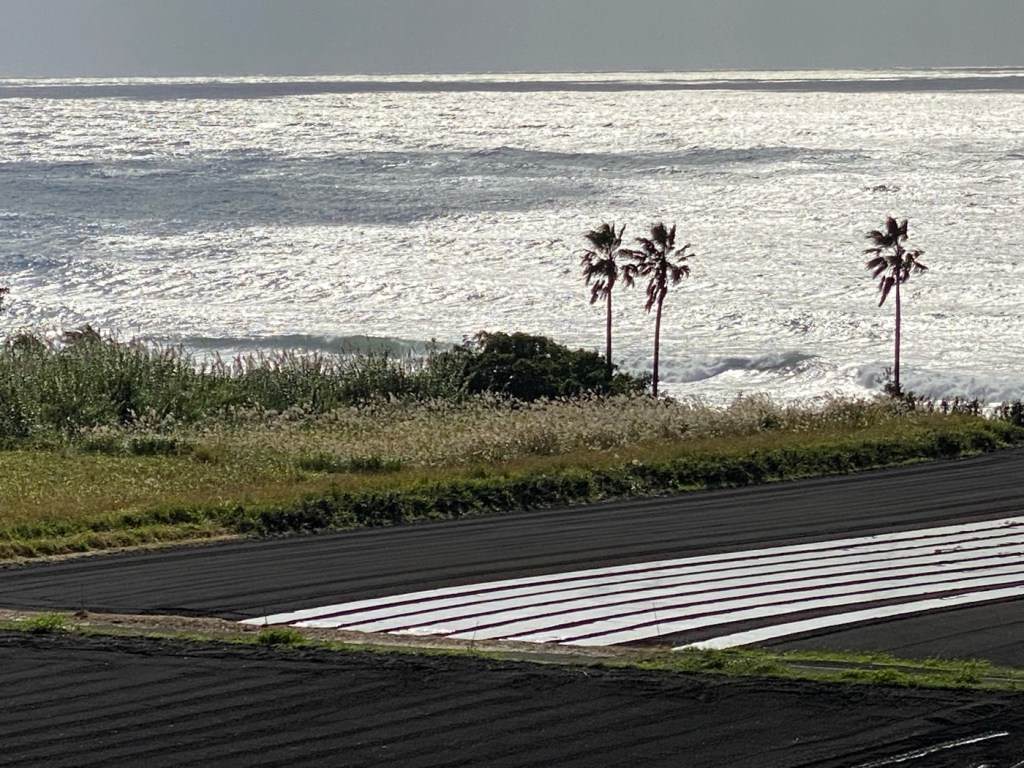
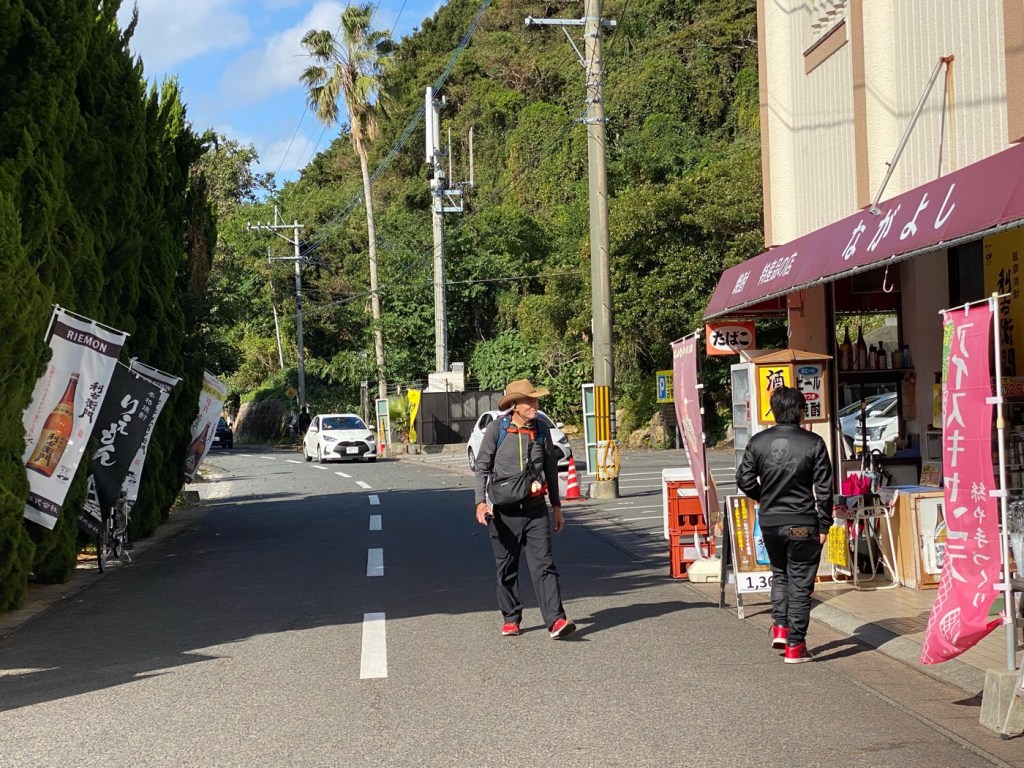
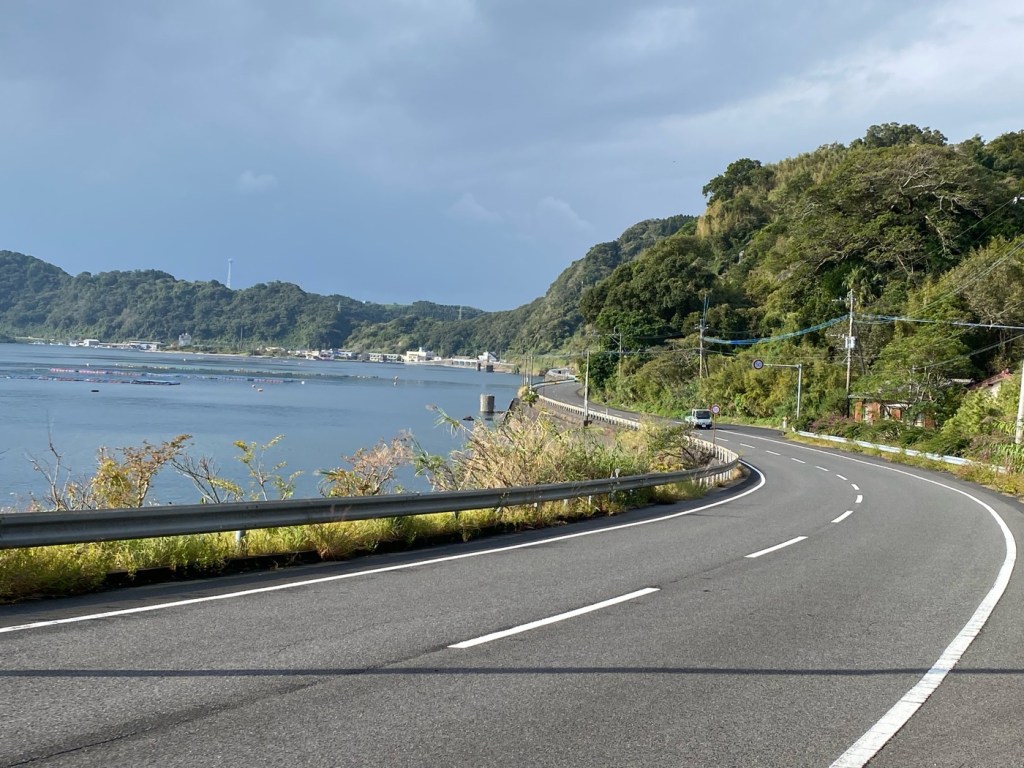
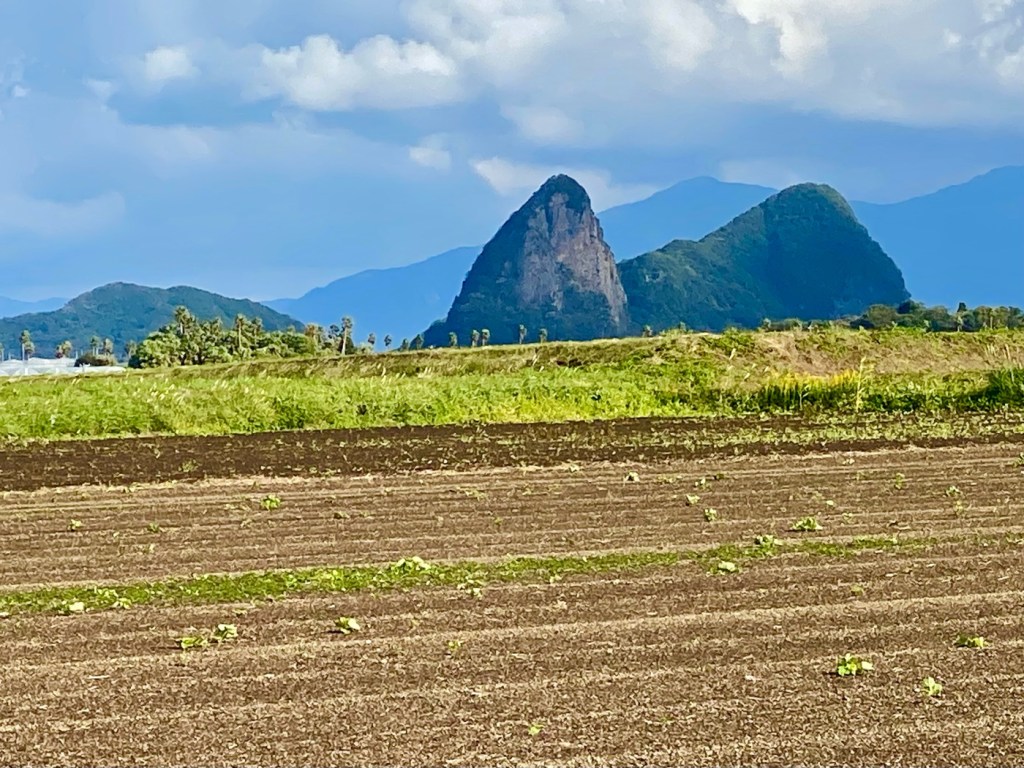
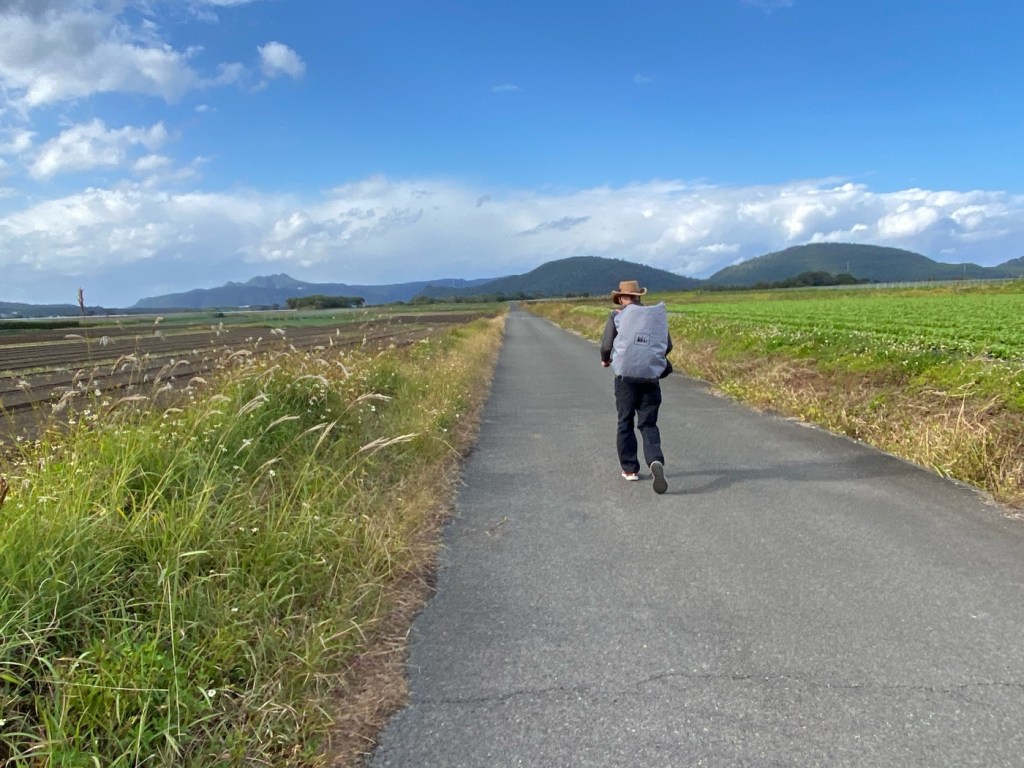
Day 54 - Cape Nagasakibana Ibusuki, The Ryugu Legend And Many Different Views Of Mount Kaimon, The Kyushu 108 Temple Pilgrimage, Japan
Yesterday night, I could hear the rain pelting the windows of our room.
Inside the room, it was very warm, as the hotel’s central heating was blasting hot air we could not regulate.
This morning, the mist still lingered, but the forecast called for a cloudy day with not much rain.
It was our last day in Ibusuki, and we wanted to walk to make up some of the distance we still needed to cover.
The first thing we did was to go through the box that we had shipped that was waiting for us in Ibusuki, and sort our next shipping arrangements for our excess gear.
Our hotel in Ibusuki has a big souvenir shop that was fully equipped to ship anywhere in Japan.
They gave me a big white box and we started packing in it all the gear we do not want to carry.
Our backpacks now are so light, that it is a pleasure to walk carrying them.
If only we could remember for the future, how little we actually need when we are on the road…
After breakfast, we started walking straight from our hotel towards Cape Nagasakibana.
It soon started to drizzle and the wind was really strong.
We had already packed away our raincoats to be shipped ten days ahead of us, and for a moment we regretted our decision.
The only solution was to pray to the rain-god, to ask him to ease off.
Well… the rain god was listening, because the rain stopped almost immediately and we continued walking.
I was feeling muscle fatigue, almost from the beginning of the walk.
But I noticed that I started to feel better and loosen up, after my muscles warmed up with the walk.
Before we reached the cape, it started to rain again.
Luckily, we were only moments away from Cafe Kaimon, where I planned for us to have lunch.
It was a retro cafe run by two ladies.
The cafe had dolls and old-timey toys all over the cafe, and surprisingly, none of them were dusty, which means that they cleaned and dusted everything frequently.
The cafe menu was basically toast.
They had plain toast, egg toast and ham toast.
We ordered tea and toast and rested for thirty minutes.
When we left, the rain had stopped and the sky was getting clear again.
We arrived at the water’s edge and admired the beautiful views of the sea with the palm trees swaying in the breeze.
Mount Kaimon, the volcano we had been circumnavigating since we left Makurazaki, was bigger and closer than at any point in our walk.
When we reached the cape, we saw many tourists who had come here by bus to pray at the Ryugu shrine and see the lighthouse and the cape.
Since ancient times, the Ryugu shrine has been standing on the cliffs of Nagasakibana cape.
In those times, the shrine was built from wood and had a thatched roof made from reeds.
It was often affected by the strong winds at the exposed cape, and was destroyed often by the Typhoon storms which still frequent this area.
The shrine that stands here today was rebuilt using concrete materials instead of the wood that had earlier collapsed due to an earthquake.
This Ryugu Shrine is dedicated to Princess Toyotama.
It is said that Nagasakibana is the place of origin of the legend of Urashimataro.
The legend of Urashimataro:
"A long time ago, a fisherman whose name was Urashima Taro, lived around here.
One day he saved a turtle, which was beaten by kids.
The turtle appreciated his help very much, and invited him to Ryugu Palace, located in the depths of the ocean.
At the Ryugu palace under the sea, Taro met Princess Toyotama (Miss Otohime) and spent his days at the beautiful palace.
Time seemed to have stopped at the magical palace.
Neither he nor the princess grew old.
But Taro was homesick for his hometown, for the taste of Takoyaki squid balls sprinkled with nori flakes and for Saba grilled on sticks in the hot fire.
He decided to go back to his home.
When Taro left the palace, Princess Toyotama gave him as a present a beautiful box called a Tamatebako, with strict instructions to never open it.
Taro rode a turtle back to shore. When he arrived, however, the beach seemed completely different.
Taro's home was gone and so was his mother.
Everyone that Taro knew was gone. When he asked the people nearby if they knew an Urashima Taro, they replied that they had indeed heard stories about someone by that name, who long, long ago sank beneath the ocean waves and disappeared.
It was then that Taro learned that three hundred years had passed since he had gone to Ryugu-jo.
Thinking that all might return to the way it had been if he opened the Tamatebako box, Taro lifted the lid despite what the princess had told him.
When he did so, a puff of white smoke came out of the box.
The white smoke engulfed Taro and left him a very old man, with white hair and beard.
Then he realized that the gift which Princess Toyotama gave him, was 'A span of a lifetime’.
A lot of turtles still come from the sea to spawn their eggs here in Nagasakibana cape.
The seashore where turtles usually come to spawn eggs, must have some essential conditions.
There must be a reef rich with fish with a lot of food for the turtles.
In addition, there can only be a few predators.
And lastly, the sandy beach must provide safety for the turtle babies, in order for them to go back to the sea.
It is to said that the seashore, where the turtles usually come to spawn, has a great abundance of marine life.
Therefore, fishermen treat the turtles as "guardians of the sea".
If fishermen catch turtles in their nets, they treat them with great respect.
The local fishermen treat the turtles to their favorite alcoholic drinks, before they release them back to the sea.
Because the legend of Princess Toyotama and Urashima Taro is known all over the Japan, many people who are looking for love and happiness in relationships come here to worship, at the Ryugu Shrine in Nagasakibana.
They also come to pray for safety and well-being for their family, business prosperity and for safe voyages.
From the cape, we walked west through the fertile fields toward Makurazaki.
The rich volcanic soil looked dark and full of nutrients, and every crop growing looked healthy.
To ease off the boredom of walking through fields, I kept taking photos of Kaimon from different angles.
It reminded me of the famous Thirty-six Views of Mount Fuji, which is a series of landscape prints by the Japanese ukiyo-e artist Hokusai (1760–1849).
The series depicts Mount Fuji from different locations and in various seasons and weather conditions.
While my photos are taken during the same season, they are taken from different angles we reached on our walk.
Back at our hotel, we were looking forward to dinner, as we had asked for a vegetarian meal.
The chef made us a feast and we were delighted not to eat fish for a few days.
Sending you love and prayers,
Tali
Stats: 23,961 steps
Today’s walk: 17 km
Kilometers walked to date: 917
Temples visited:
Ryugu Shrine (not part of our pilgrimage)